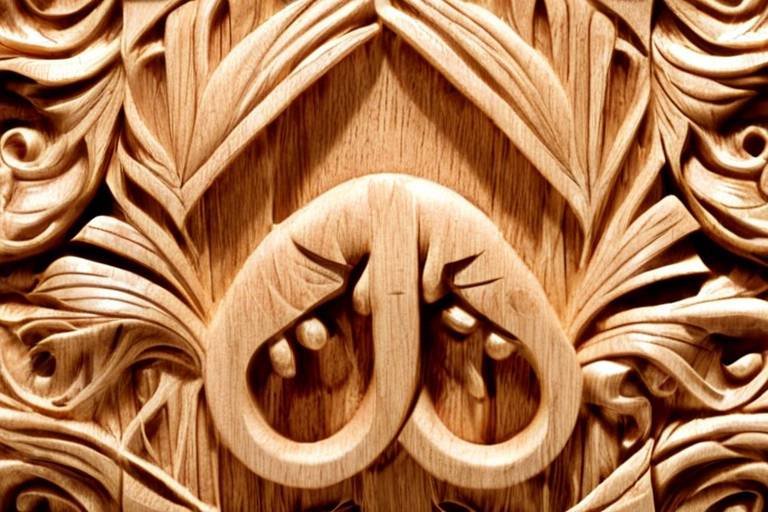Master the Craft: Bonsai Tree Carving
Bonsai tree carving is not just a hobby; it’s an artistic journey that allows you to express your creativity while connecting with nature. Imagine holding a tiny forest in your hands, each twist and turn of the branches telling a story of patience and dedication. This ancient practice, which originated in China and was refined in Japan, is all about creating miniature trees that capture the essence of their full-sized counterparts. But what does it take to master this intricate craft? In this article, we will explore the techniques, tools, and styles of bonsai tree carving, equipping you with the knowledge and skills needed to cultivate your own stunning creations.
Before we dive into the nitty-gritty, let’s take a moment to appreciate the philosophy of bonsai. At its core, bonsai is about harmony, balance, and the relationship between nature and the artist. Each bonsai tree is a reflection of its creator’s vision, requiring not only skill but also a deep understanding of the tree’s natural growth patterns. As you embark on this journey, you’ll find that bonsai carving is as much about the process as it is about the final product. It’s a dance between the artist and the tree, where patience and precision lead to breathtaking results.
In the following sections, we will delve into the essential tools you’ll need for carving, the various techniques that will help you shape your trees, and the different styles that can inspire your work. Whether you are a seasoned artist or a curious beginner, there’s always something new to learn in the world of bonsai. So, grab your tools, and let’s get started on this exciting adventure!
- What is bonsai tree carving? Bonsai tree carving is the art of shaping and styling miniature trees to create aesthetically pleasing forms.
- Do I need special tools for bonsai carving? Yes, having the right tools is crucial for successful carving. These include various knives, saws, and finishing tools.
- Can anyone learn bonsai carving? Absolutely! With practice and patience, anyone can learn the techniques involved in bonsai carving.
- How often should I water my bonsai tree? The watering frequency depends on the species of the tree and its environment, but generally, it’s best to check the soil moisture regularly.
- What are some common mistakes to avoid? Over-carving and ignoring the health of the tree are two common pitfalls that can negatively affect your bonsai.
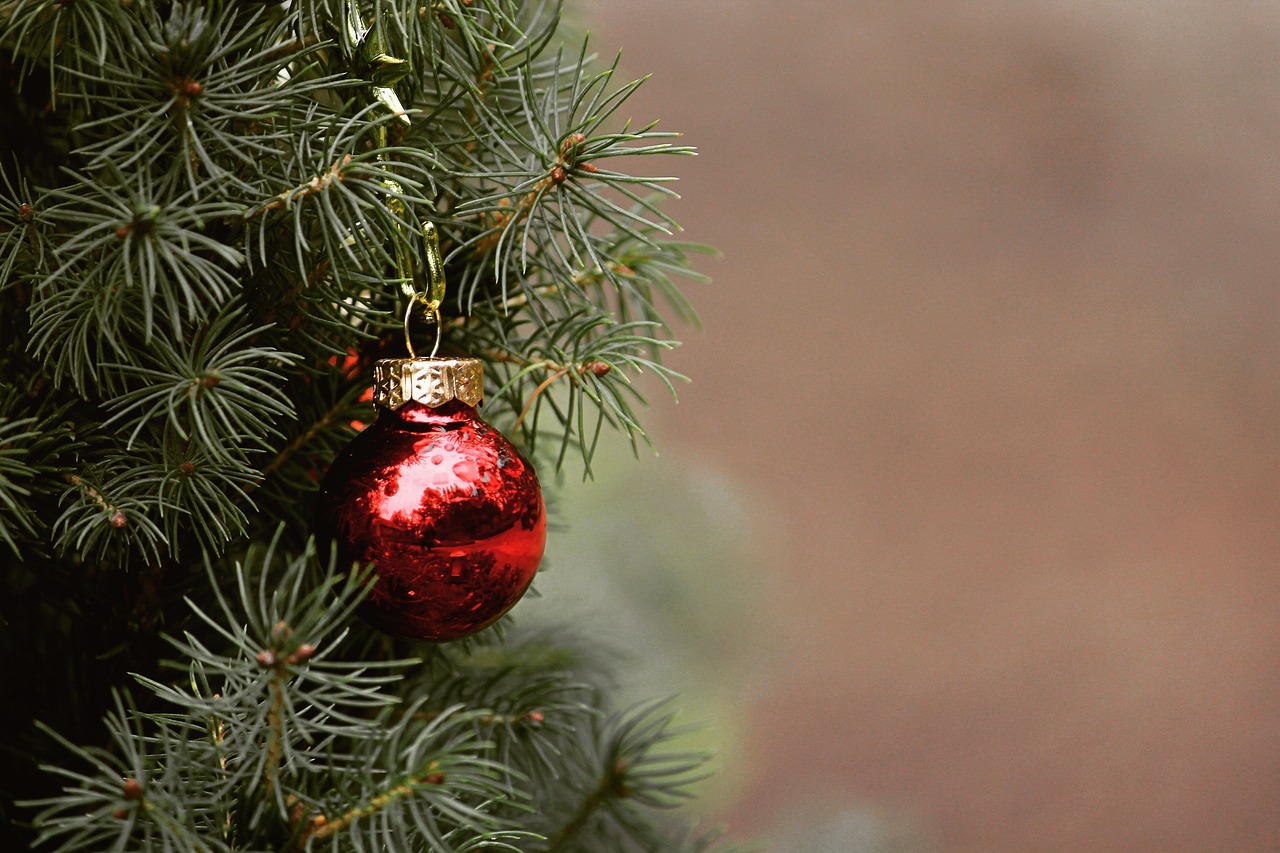
Understanding Bonsai Basics
Before diving into the intricate world of bonsai tree carving, it’s essential to grasp the fundamentals of bonsai. This ancient art form is not just about creating beautiful miniature trees; it’s a profound practice that intertwines history, philosophy, and horticulture. Originating from China over a thousand years ago, bonsai has traveled through time and cultures, evolving into a cherished art form in Japan and beyond. The word "bonsai" itself translates to "planted in a container," which perfectly encapsulates the essence of this craft.
At its core, bonsai is about balance—between the tree and its container, between nature and human creativity, and between aesthetics and health. Understanding this balance is crucial for anyone looking to carve their own bonsai masterpiece. It’s not merely about cutting branches and shaping foliage; it’s about fostering a living piece of art that reflects both the artist's vision and the natural world.
When it comes to the types of bonsai trees suitable for carving, there are several popular species that enthusiasts often choose. Here’s a quick overview of some common options:
- Ficus: Known for its resilience and adaptability, Ficus bonsai trees are great for beginners.
- Pine: With their rugged bark and evergreen needles, pine trees offer a classic bonsai aesthetic.
- Maple: Renowned for their stunning fall colors, maples add vibrancy to any bonsai collection.
- Juniper: These trees are popular for their ability to withstand heavy pruning and their beautiful foliage.
Each of these species comes with its unique characteristics and care requirements, making it essential to choose one that aligns with your carving goals. For instance, if you’re looking for a tree that can handle aggressive shaping, a Juniper might be your best bet. On the other hand, if you prefer a tree that offers rich colors throughout the seasons, a Maple could be the perfect choice.
Furthermore, the philosophy behind bonsai emphasizes patience and dedication. It’s not just about the end result; the journey of nurturing and shaping your tree is equally important. As you embark on this journey, remember that bonsai carving is as much about self-expression as it is about horticulture. Each cut and curve reflects your personal style and vision, making every bonsai tree a unique representation of its creator.
In summary, understanding the basics of bonsai is the first step in mastering the art of carving. Embrace the history, appreciate the philosophy, and choose the right species for your projects. With time, practice, and a bit of creativity, you’ll be on your way to creating stunning bonsai trees that not only capture the eye but also resonate with the spirit of nature.
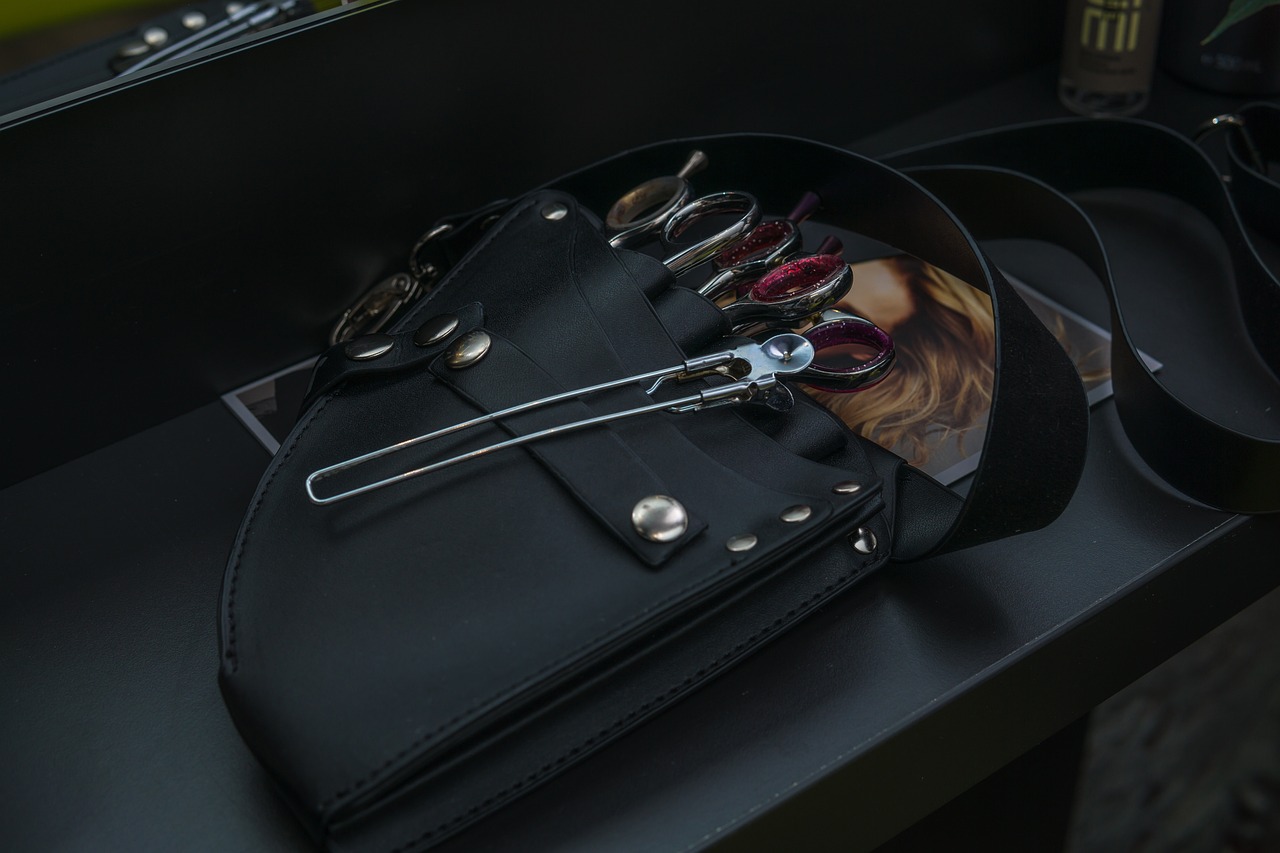
Essential Tools for Carving
When it comes to bonsai tree carving, having the right tools is absolutely crucial. Just like a painter needs brushes and a canvas, a bonsai artist requires specific equipment to bring their vision to life. The tools you choose will significantly impact the quality of your work and the ease with which you can achieve your desired results. So, let’s dive into the must-have tools that every bonsai carver should have in their toolkit.
First and foremost, you’ll need a selection of cutting tools. These are the backbone of your carving process. They allow you to shape and define your bonsai tree, giving it the character and style you envision. Within this category, you'll find various types of knives and saws, each designed for specific tasks. For instance, a sharp knife is perfect for intricate cuts and details, while a saw is essential for larger branches that require more power to cut through.
Cutting tools are indispensable when it comes to shaping your bonsai. Let’s break down the two primary types you'll need: knives and saws. Each tool serves a unique purpose and understanding these can elevate your carving game.
Knives are your precision tools. They come in various shapes and sizes, each designed for different types of cuts. Some popular options include:
- Detail Knife: Ideal for fine details and delicate work.
- Carving Knife: Best for shaping and larger cuts.
- Utility Knife: A versatile option for general tasks.
To maintain your knives, keep them sharp and clean. A dull knife can be dangerous and lead to uneven cuts, which can ruin your design. Regularly honing your knives will ensure they remain effective and safe to use.
For larger cuts, saws are your best friends. They allow you to remove substantial branches without damaging the surrounding areas of your bonsai. There are several types of saws to consider:
- Pruning Saw: Great for cutting through thicker branches.
- Miniature Saw: Perfect for more detailed work on smaller trees.
When using saws, always make sure to follow safety guidelines. A stable grip and careful movements will help prevent accidents and ensure clean cuts. Remember, the goal is to create a natural look, so take your time and be patient.
Once you’ve shaped your bonsai, it’s time to refine your work with finishing tools. These tools help achieve a polished look and add the final touches that make your bonsai truly stand out. Look for tools like files, sandpaper, and chisels. Files can smooth out rough edges, while sandpaper can give your tree a natural texture. Chisels, on the other hand, allow for more detailed carving, particularly in creating grooves and textures on the bark.
In conclusion, investing in quality tools is essential for anyone serious about bonsai tree carving. The right equipment not only makes the process easier but also enhances the overall quality of your work. Remember, each tool has its purpose, and understanding how to use them effectively will set you on the path to becoming a skilled bonsai artist.
Q: What is the most important tool for bonsai carving?
A: While all tools are important, a good quality knife is often considered the most essential for precision work.
Q: Can I use regular garden tools for bonsai carving?
A: It's best to use tools specifically designed for bonsai, as they provide better control and precision.
Q: How often should I sharpen my carving tools?
A: Regularly check your tools; sharpening them after several uses or when they start to feel dull is a good practice.
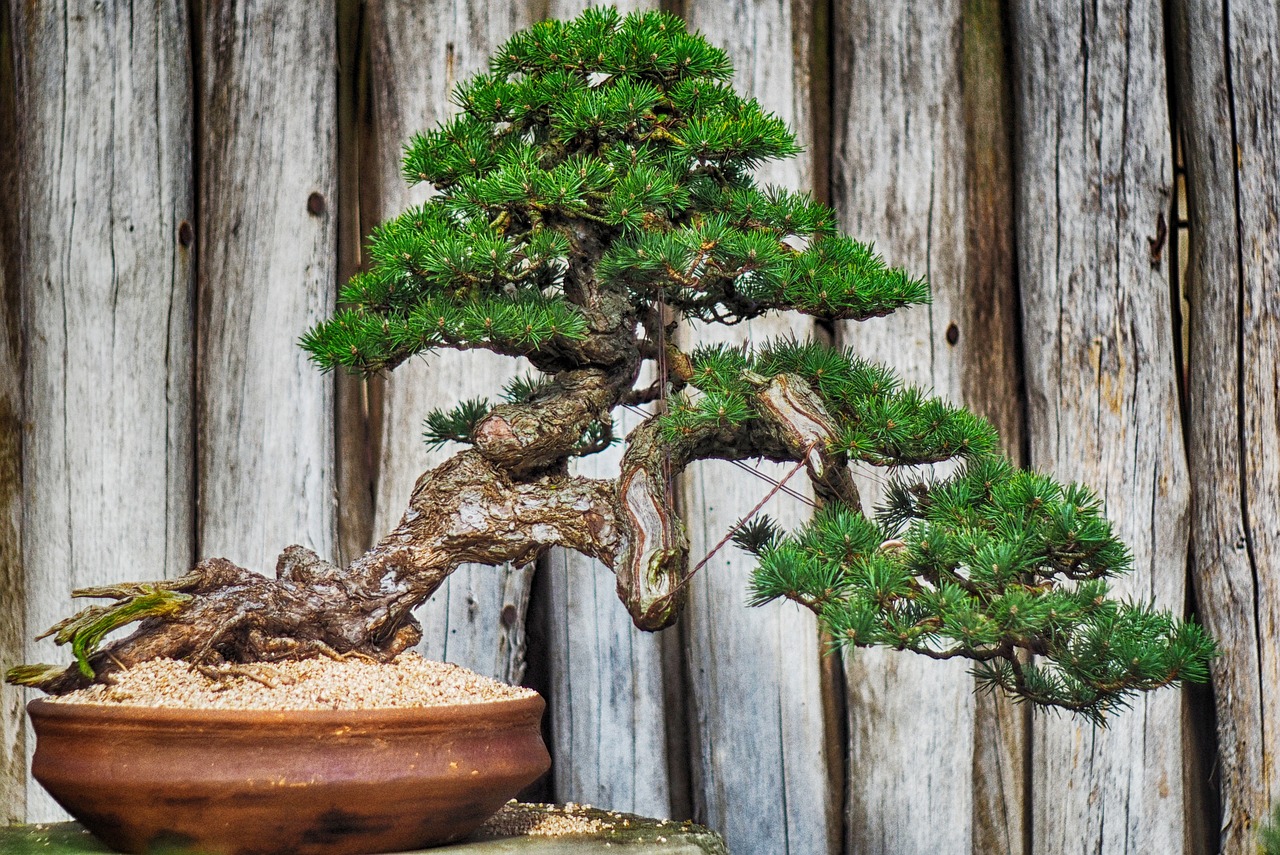
Cutting Tools
When it comes to bonsai tree carving, having the right is essential for achieving the desired shape and detail. Cutting tools are the backbone of your carving kit, allowing you to manipulate the tree's branches and trunk with precision. Whether you're shaping a delicate twig or making significant cuts on a thicker branch, the tools you choose will greatly influence your results.
There are several types of cutting tools that every bonsai enthusiast should consider adding to their toolkit:
- Knives: These are your primary tools for detailed work. Bonsai knives come in various shapes and sizes, each designed for specific tasks. A good-quality knife will help you make clean cuts, allowing the tree to heal properly.
- Saws: For larger branches, saws are indispensable. They can quickly remove excess wood, making way for finer detailing later on. Choosing the right saw will depend on the thickness of the branches you are working with.
- Scissors: While not always considered cutting tools in the traditional sense, bonsai scissors are perfect for trimming leaves and small branches. They provide a clean cut without damaging the surrounding foliage.
Each tool has its own unique features and advantages. For instance, a bonsai knife typically features a curved blade, which allows for smooth, flowing cuts that follow the natural lines of the tree. On the other hand, a pruning saw is designed with sharp teeth to cut through thicker wood efficiently. It's essential to maintain your tools properly; a well-maintained knife or saw will not only perform better but also last longer. Regularly honing your knives and keeping saw blades clean will ensure that your cutting tools are always ready for action.
When selecting cutting tools, consider your specific needs and the types of bonsai you want to create. Investing in high-quality tools may seem like a hefty upfront cost, but they will pay off in the long run with better results and less frustration during the carving process. Remember, the right tools can transform your vision into reality, allowing you to express your creativity and skill in the art of bonsai carving.
Q: What is the best type of knife for bonsai carving?
A: The best type of knife depends on your specific needs, but a curved bonsai knife is often recommended for detailed work. It allows for smooth cuts and follows the natural lines of the tree.
Q: How often should I sharpen my cutting tools?
A: It's a good practice to sharpen your tools before each carving session. A sharp tool ensures clean cuts, which is crucial for the health of your bonsai.
Q: Can I use regular gardening tools for bonsai carving?
A: While some gardening tools can be used, specialized bonsai tools are designed for precision and care. Using them will yield better results and minimize damage to your bonsai.

Knives
When it comes to bonsai tree carving, are your best friends. They come in various shapes and sizes, each designed for specific tasks. Using the right knife can make all the difference between a masterpiece and a disaster. So, what types of knives should you consider? Let's break them down!
The most common knives used in bonsai carving include:
- Utility Knives: These are versatile and can handle a range of tasks, from trimming to detailed carving. Their sharp blades allow for precise cuts, making them essential for any bonsai artist.
- Carving Knives: Specifically designed for intricate work, carving knives have a curved blade that allows for detailed shaping. They're perfect for adding depth and texture to your bonsai.
- Chisels: While not a knife in the traditional sense, chisels are great for making deeper cuts and creating more defined shapes. They come in various widths, so you can choose one that fits your project.
Maintaining your knives is just as important as choosing the right ones. A dull knife can lead to uneven cuts and, ultimately, a less impressive bonsai. Here are some tips for keeping your knives in top shape:
- Regular Sharpening: Invest in a good sharpening stone or a honing tool to keep your blades sharp.
- Cleaning: After each use, clean your knives to remove sap and debris, which can dull the blade over time.
- Proper Storage: Store your knives in a protective case or a designated area to prevent accidental damage.
Remember, the right knife can enhance your carving experience, making it smoother and more enjoyable. As you become more skilled, you might even find yourself developing a preference for certain knives based on your carving style. So, experiment and find what works best for you!
Q1: What is the best knife for beginners in bonsai carving?
A1: For beginners, a utility knife is often the best choice. It's versatile and can handle most tasks that a novice will encounter.
Q2: How often should I sharpen my bonsai knives?
A2: It depends on usage, but generally, after every few sessions of carving, you should check the sharpness and sharpen if necessary.
Q3: Can I use regular kitchen knives for bonsai carving?
A3: While you can use kitchen knives, they are not designed for the precision required in bonsai carving. Investing in specialized bonsai knives is recommended for the best results.
Q4: What materials are bonsai carving knives made of?
A4: Most bonsai carving knives are made of high-carbon steel or stainless steel, which provide durability and sharpness.
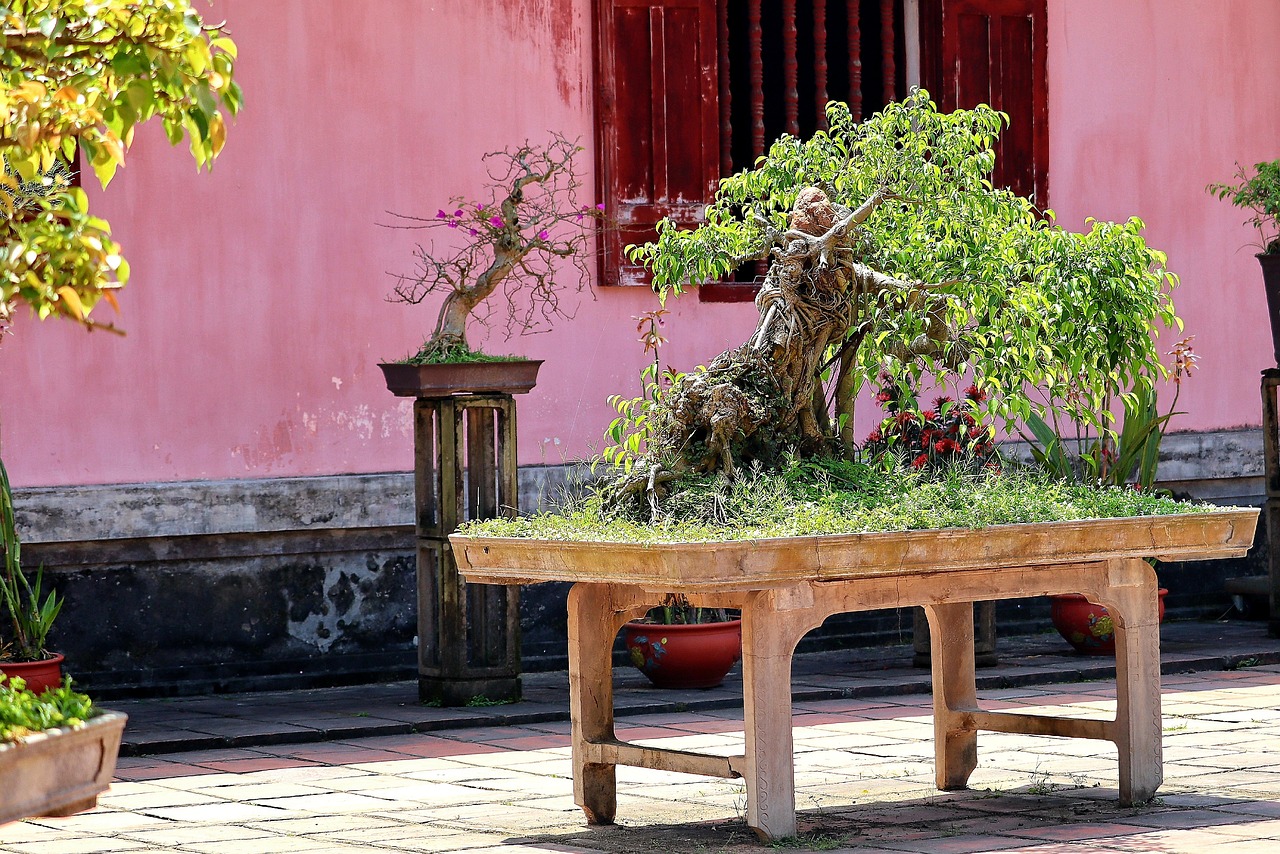
Saws
Saws are indispensable tools in the art of bonsai tree carving, especially when it comes to making larger cuts or shaping the trunk and branches of your miniature masterpiece. Unlike knives, which excel in precision, saws allow you to tackle more substantial sections of wood with ease. Choosing the right saw can significantly impact the outcome of your carving project, so let’s explore the types of saws you might consider and the best practices for using them effectively.
There are several types of saws that bonsai enthusiasts commonly use, each designed for specific tasks. Here’s a brief overview of the most popular options:
- Razor Saw: This is a fine-toothed saw that is perfect for intricate cuts and detailed work. Its thin blade allows for precise control, making it ideal for delicate branches.
- Japanese Pull Saw: Known for its sharpness and efficiency, this saw cuts on the pull stroke rather than the push stroke. This design reduces the effort needed and allows for cleaner cuts.
- Hand Saw: A more traditional option, hand saws are versatile and can be used for larger cuts. However, they require more physical strength and can be less precise than specialized bonsai saws.
When using saws for bonsai carving, keep the following best practices in mind:
- Keep Your Saws Sharp: A sharp blade makes cleaner cuts and reduces the risk of damaging the wood. Regularly check your saws and sharpen them as needed.
- Use the Right Saw for the Job: Assess the size and type of cut you need to make before selecting a saw. Using the appropriate tool will not only enhance your efficiency but also improve the quality of your work.
- Practice Proper Technique: When using a saw, maintain a steady hand and a consistent angle to ensure even cuts. Take your time and don’t rush the process; patience is key in bonsai carving.
In addition to these tips, always prioritize safety while working with saws. Wear protective eyewear and gloves to prevent injuries, and ensure your workspace is clear and organized to minimize accidents. By understanding the different types of saws and how to use them effectively, you’ll be well on your way to creating stunning bonsai trees that showcase your carving skills.
Q1: What type of saw is best for beginners in bonsai carving?
A1: For beginners, a Japanese pull saw is often recommended due to its ease of use and ability to make clean cuts with minimal effort. It allows for better control, which is essential when starting out.
Q2: How often should I sharpen my saws?
A2: The frequency of sharpening depends on how often you use them. If you notice resistance while cutting or the cuts are no longer clean, it’s time to sharpen your saws.
Q3: Can I use a regular hand saw for bonsai carving?
A3: Yes, you can use a regular hand saw, but it may not provide the same level of precision as specialized bonsai saws. It’s best for larger cuts rather than intricate details.
Q4: Are there any safety precautions I should take while using saws?
A4: Absolutely! Always wear protective eyewear and gloves, keep your workspace organized, and ensure that you are using the saw in a controlled manner to prevent accidents.
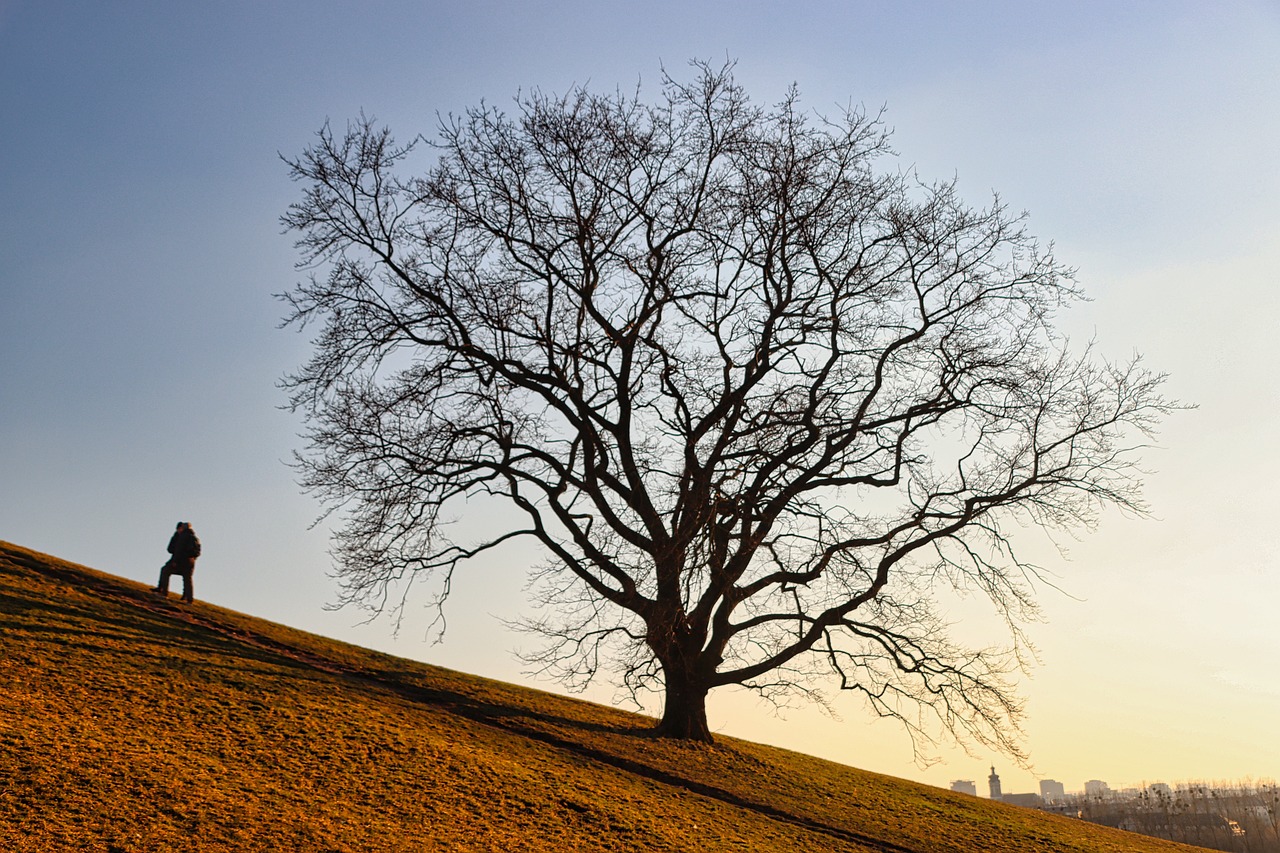
Finishing Tools
When it comes to bonsai tree carving, the you choose can make a world of difference in the final appearance of your masterpiece. These tools are essential for adding those last touches that elevate your bonsai from good to truly stunning. Finishing tools help refine the details, enhance textures, and ensure that your tree looks polished and professional. Without the right finishing tools, your carefully carved bonsai could end up looking rough around the edges, which is the last thing you want after putting in so much effort.
Among the most important finishing tools are files, rasps, and sandpaper. Each of these tools serves a unique purpose in the finishing process:
- Files: These are great for smoothing out rough areas and refining shapes. They come in various shapes and sizes, making them versatile for different parts of the tree.
- Rasps: A rasp is coarser than a file and is particularly useful for removing material quickly while still allowing for some control over the final shape.
- Sandpaper: This is the go-to tool for achieving a smooth, polished surface. It’s available in various grits, so you can start with a coarser grit to remove imperfections and finish with a finer grit for a sleek finish.
Using these tools effectively can take your bonsai carving to the next level. For instance, after you’ve shaped and carved your tree, use a coarse file to smooth out any harsh lines. Follow that up with a rasp to refine the contours, and then finish with sandpaper to achieve that silky-smooth texture that mimics the natural aging of trees. This process is akin to a sculptor chiseling away at a block of marble; each stroke brings you closer to the masterpiece hidden within.
It’s also crucial to maintain your finishing tools properly. A well-maintained tool not only performs better but also lasts longer. Keep files and rasps clean, and store your sandpaper in a dry place to prevent it from losing its grit. Regular maintenance will ensure that your tools remain effective and ready for your next bonsai project.
Q: What is the best grit of sandpaper to use for finishing my bonsai?
A: Start with a coarser grit, such as 80 or 120, to remove imperfections, and then work your way up to finer grits like 220 or 320 for a smooth finish.
Q: Can I use regular woodworking tools for bonsai carving?
A: While some woodworking tools can be used, it's best to invest in tools specifically designed for bonsai to achieve the best results.
Q: How often should I sharpen my carving tools?
A: It depends on usage, but regularly check your tools for sharpness and sharpen them as needed to maintain optimal performance.
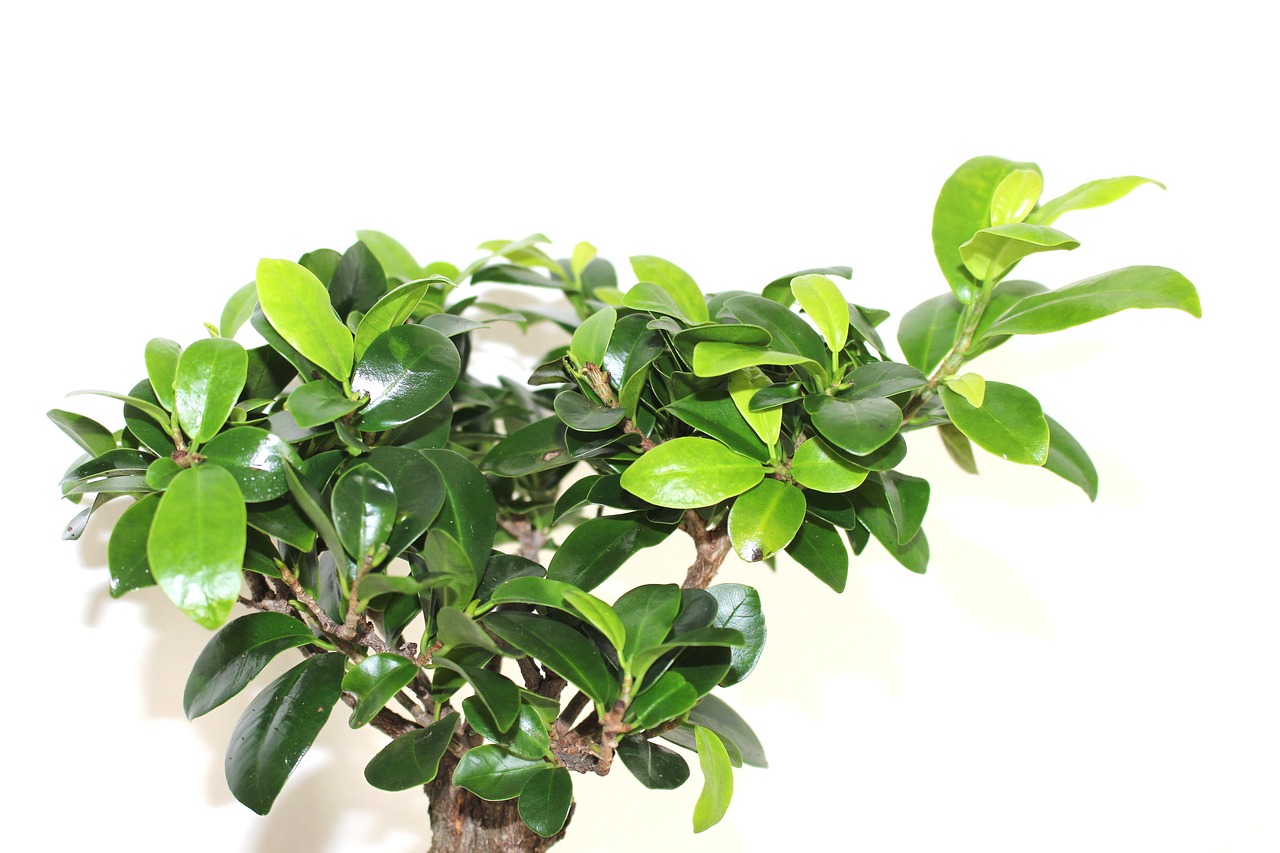
Carving Techniques
Mastering is essential for anyone looking to create stunning bonsai trees that truly stand out. Each technique contributes to the overall aesthetics and health of the tree, allowing you to express your artistic vision while respecting the natural growth patterns of the plant. One of the most fundamental aspects of bonsai carving is understanding how to shape the tree effectively. This involves not just cutting branches but also bending and positioning them to create a natural-looking silhouette. Think of it like sculpting a masterpiece from a block of marble; every cut and bend reveals the beauty hidden within.
When it comes to shaping your bonsai, there are several methods you can employ. For instance, using wires to guide the growth of branches is a popular technique among bonsai enthusiasts. By wrapping wire around the branches, you can gently bend them into your desired shape. This process not only enhances the visual appeal but also encourages the branches to grow in a way that complements the overall design. It’s crucial, however, to monitor the wire closely to avoid any damage to the bark as the tree grows.
Another key aspect of carving is texturing. This technique adds depth and realism to your bonsai, making it appear more aged and weathered. To achieve this effect, you can use various tools to create grooves and patterns in the wood. For example, a carving knife can be used to make fine lines that mimic the natural growth rings of a tree, while a chisel can create deeper indentations for a more dramatic effect. The goal is to give your bonsai a sense of history, as if it has weathered the elements for decades.
In addition to shaping and texturing, it’s important to consider the overall composition of your bonsai. The placement of branches, the angle of the trunk, and even the choice of pot can significantly impact the final look of your tree. A well-composed bonsai should evoke a sense of balance and harmony. To help with this, many artists recommend sketching your design on paper before beginning the carving process. This allows you to visualize the end result and make any necessary adjustments before committing to cuts.
Here’s a quick overview of some popular carving techniques:
| Technique | Description | Tools Used |
|---|---|---|
| Shaping | Bending and positioning branches for a natural look. | Wire, pliers |
| Texturing | Adding depth and realism to the bark. | Carving knife, chisel |
| Composition | Arranging branches and trunk for visual balance. | Pencil, sketchbook |
In summary, the art of bonsai carving is a delightful blend of creativity and technique. By mastering these carving techniques, you can transform a simple tree into a breathtaking work of art. Remember, patience is key; each cut and bend should be made with care to ensure the health and beauty of your bonsai. So grab your tools, unleash your creativity, and let your bonsai journey begin!
Q: What is the best time to start carving my bonsai?
A: The ideal time to carve your bonsai is during the growing season, typically in spring or early summer. This allows the tree to heal more quickly from cuts.
Q: Can I use any type of tree for bonsai carving?
A: While many types of trees can be used for bonsai, some species are more suitable for carving due to their growth patterns and bark texture. Common choices include junipers, pines, and maples.
Q: How do I know if I am over-carving my bonsai?
A: Signs of over-carving include excessive bare spots, uneven growth, and a lack of natural appearance. Always aim for a balanced approach, making incremental changes rather than drastic cuts.
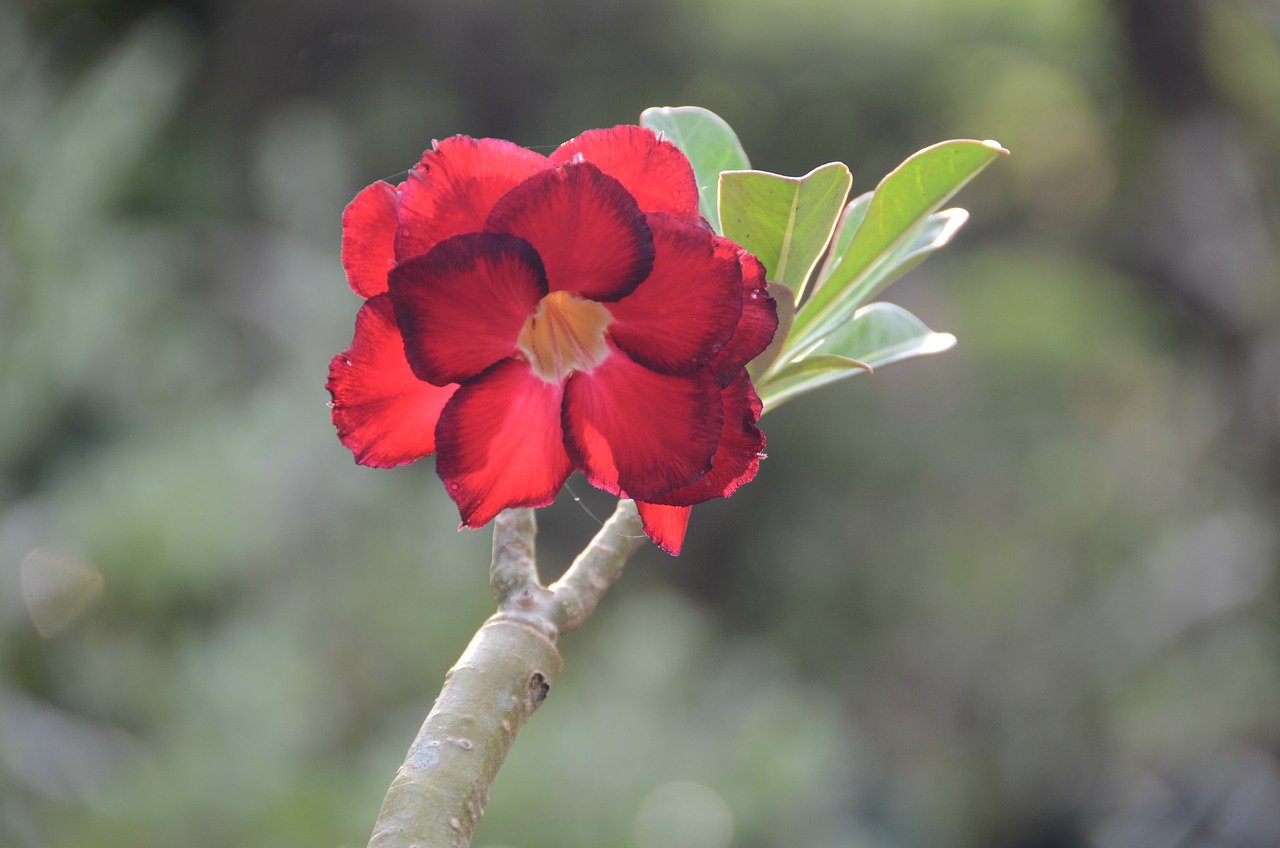
Shaping Techniques
When it comes to bonsai tree carving, are the heart and soul of the craft. Think of shaping as the artist's brushstroke on a canvas—it's how you breathe life into your miniature masterpiece. The goal here is to create natural-looking forms that not only please the eye but also reflect the inherent beauty of the tree itself. To achieve this, you’ll need to master a few essential methods that can help you bend and position branches effectively.
One of the most popular methods is the wire technique, where you wrap soft aluminum or copper wire around the branches to guide their growth. This method is akin to training a young child; with a gentle hand and some patience, you can encourage the branches to grow in the desired direction. Start by selecting a suitable wire gauge—thicker wires for sturdier branches and thinner wires for delicate twigs. As you wrap, ensure that the wire is snug but not too tight, as this can damage the bark. Once the branches have taken shape, you can remove the wire, allowing the tree to maintain its new form.
Another effective technique is branch bending. This method involves physically bending the branches to achieve the desired shape. It’s crucial to do this gradually; sudden bends can cause the wood to crack. To prevent this, consider using a technique called notching, where you make small cuts on the underside of the branch before bending. This allows the wood to flex without breaking, much like how a tree naturally bends in the wind. Remember to support the branch with your other hand as you bend it to ensure a smooth and controlled movement.
In addition to these techniques, layering is another method that can add depth and complexity to your bonsai. By layering branches, you can create a more dynamic and visually interesting composition. This technique involves selecting a branch and layering it over another, which gives the illusion of greater age and maturity. Think of it as creating a landscape with hills and valleys; the more layers you add, the more depth your bonsai will have.
Finally, don't forget about the power of negative space. This concept refers to the empty spaces between the branches and leaves, which can greatly enhance the overall composition. By strategically positioning your branches, you can create a sense of balance and harmony that draws the viewer's eye. It’s like creating a beautiful melody; sometimes, the pauses in the music can be just as impactful as the notes themselves.
As you explore these shaping techniques, remember that practice makes perfect. Don’t be afraid to experiment and make mistakes along the way. Each bonsai is a unique journey, and with time, you'll develop your own style and preferences. So grab your tools, let your creativity flow, and start shaping your own bonsai masterpiece!
- What is the best time to shape my bonsai?
The best time to shape your bonsai is during the growing season, typically in spring or early summer. This is when the tree is most resilient and can recover quickly from shaping.
- Can I shape my bonsai without using wire?
Yes, you can use branch bending techniques and notching to shape your bonsai without wire. However, wire is often the most effective method for achieving precise shapes.
- How often should I reshape my bonsai?
Reshaping can be done every couple of years, but it largely depends on the growth rate of your tree. Regular maintenance, including pruning, will help maintain its shape.
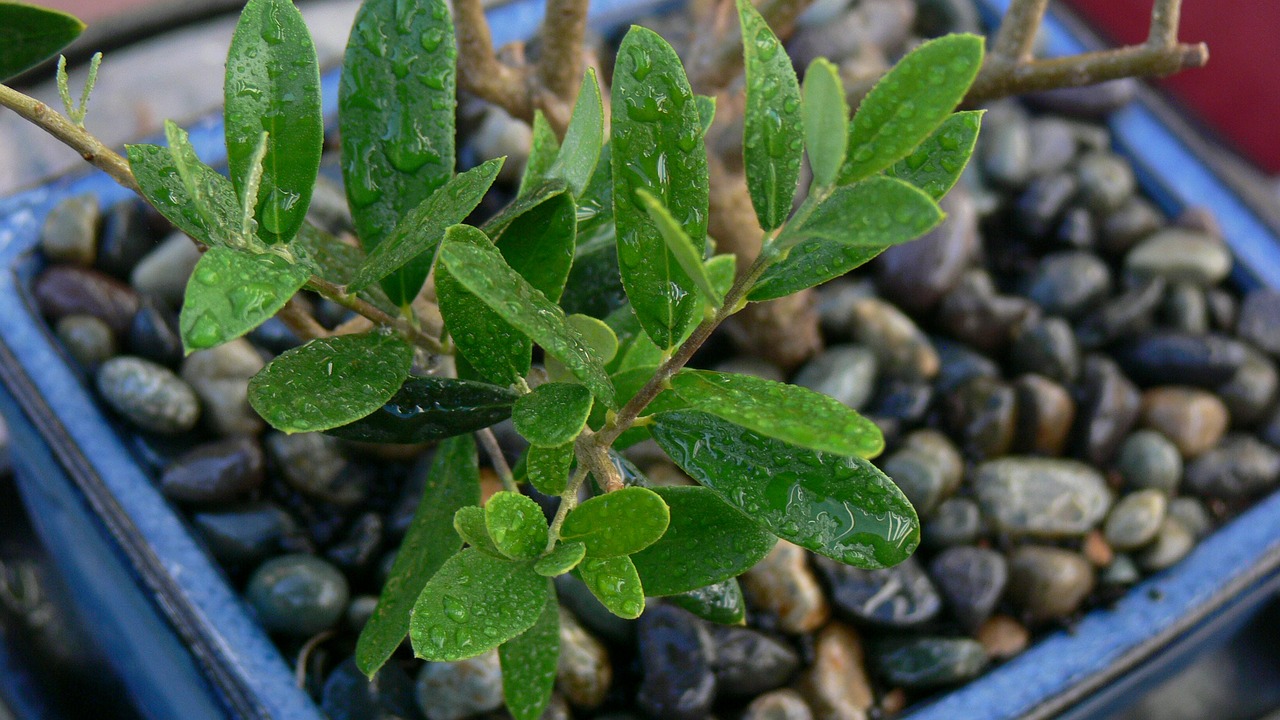
Texturing Techniques
Texturing is one of the most fascinating aspects of bonsai tree carving, as it adds depth and realism to your miniature masterpiece. Just like how a painter uses different brush strokes to create life-like textures on canvas, a bonsai carver employs various techniques to mimic the natural aging process of trees. When you look at a well-carved bonsai, you should be able to feel the roughness of its bark, the smoothness of its leaves, and the intricate patterns that tell a story of time and resilience.
To achieve these effects, you can use a combination of tools and methods. For instance, using a wire brush can help create a rugged texture on the bark, while a chisel can be employed to carve out finer details. Remember, the key is to observe real trees and replicate the textures you see. Look closely at how bark peels, cracks, and ages; this observation will serve as your greatest teacher.
Another effective method involves the use of texturing paste. This material can be applied to the surface of your bonsai to give it a three-dimensional feel. Once applied, you can manipulate it with tools to create grooves and ridges that resemble natural bark. The beauty of this technique is that it allows for a lot of creativity; you can experiment with different patterns until you find what resonates with your artistic vision.
It's also essential to consider the scale of your texturing efforts. Too much texture can overwhelm the viewer, while too little may make your bonsai look flat and lifeless. Striking the right balance is crucial, and often requires practice and patience. A good rule of thumb is to start with minimal texture and gradually build it up, assessing your work from various angles as you go.
Incorporating color into your texturing techniques can also enhance the overall effect. Using stains or dyes can help simulate the natural color variations found in real trees, adding another layer of authenticity. Just like a sculptor who knows that color can breathe life into their work, you too should embrace the power of color in your bonsai carving.
In summary, mastering texturing techniques in bonsai carving is about observation, experimentation, and balance. Whether you're using tools, pastes, or colors, the goal is to create a piece that feels alive and tells a story. So, grab your tools, let your creativity flow, and watch as your bonsai transforms into a stunning work of art!
- What tools are best for texturing my bonsai? A wire brush, chisels, and texturing paste are excellent choices for adding realistic textures.
- How do I know if I have added too much texture? Step back and assess your work from different angles; if the texture overwhelms the overall design, consider toning it down.
- Can I use color in my texturing process? Absolutely! Using stains or dyes can enhance the natural look of your bonsai and add depth to the textures.
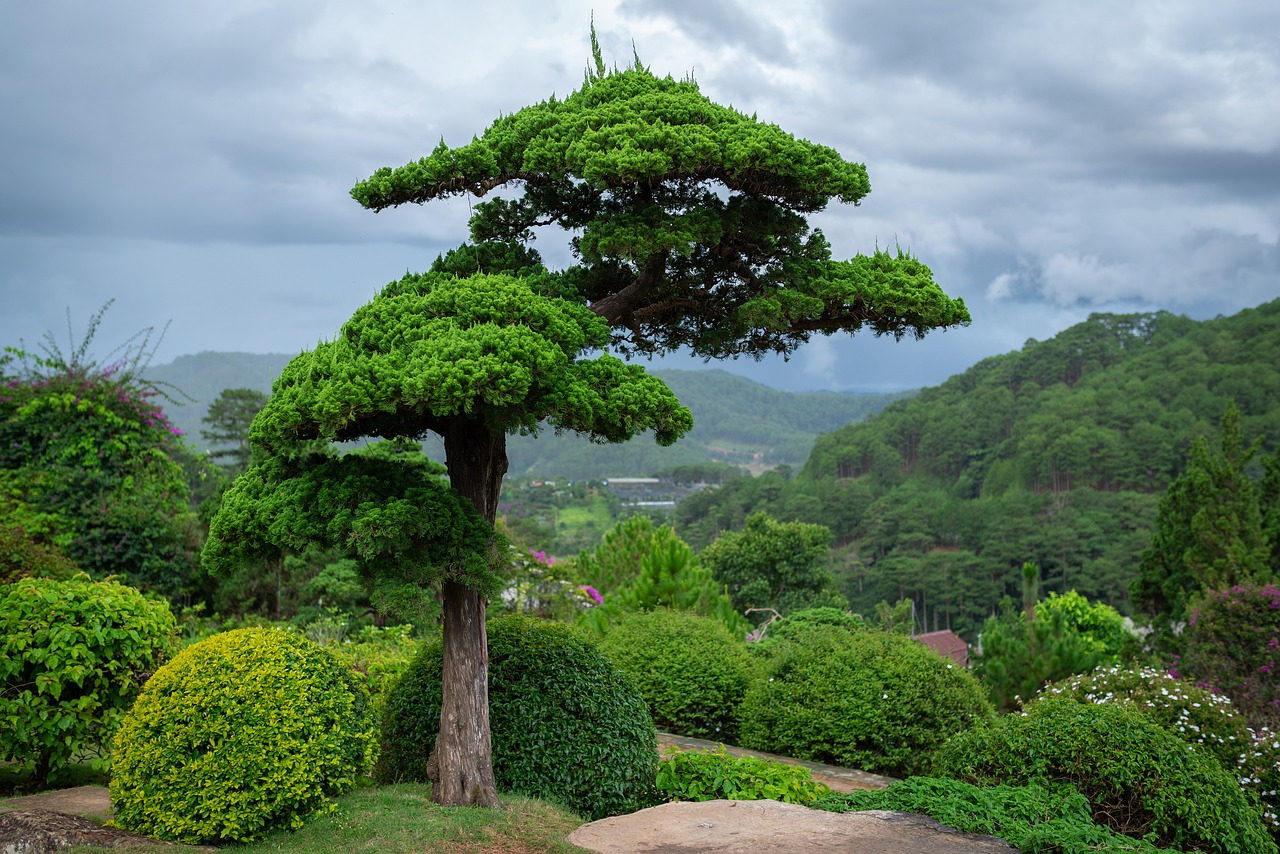
Styles of Bonsai Carving
The world of bonsai carving is as diverse as the trees themselves, and understanding the various styles can significantly enhance your artistic expression. Each style tells a story, reflecting not just the technique used but also the cultural significance behind it. Whether you lean towards the traditional or prefer a more modern interpretation, the style you choose will influence every aspect of your carving process. Let's explore some of the most popular styles that can inspire your next bonsai project.
Traditional styles of bonsai carving have deep roots in history, often reflecting the natural landscapes of Japan and China. These styles include:
- Formal Upright (Chokkan): Characterized by a straight trunk and symmetrical branches, this style represents strength and stability.
- Informal Upright (Moyogi): Featuring a more natural, curved trunk, this style mimics the organic shapes found in nature.
- Slanting (Shakan): This style showcases a trunk that leans to one side, often suggesting the influence of wind or other natural forces.
- Cascade (Kengai): A dramatic style where the tree appears to cascade downwards, often resembling trees growing on cliffs.
On the other hand, modern interpretations of bonsai carving have emerged, allowing artists to break away from traditional constraints and explore their creativity. Contemporary bonsai artists often blend different styles, incorporating unique elements such as:
- Abstract Forms: These pieces may not follow the traditional shapes, focusing instead on the emotional response they evoke.
- Mixed Media: Some artists combine bonsai with other materials, such as stone or metal, creating a fusion of art forms.
- Personal Narrative: Modern bonsai often tells a personal story, reflecting the artist's journey and experiences.
When deciding on a style, think about what resonates with you personally. Are you drawn to the elegance of traditional forms, or do you find inspiration in the freedom of modern interpretations? Each style offers a unique opportunity to express your vision, and as you practice your carving skills, you'll likely find your preferences evolving.
As you embark on your bonsai carving journey, remember that the style you choose is not just about aesthetics; it's about connecting with the art form and understanding its cultural significance. Embrace the beauty of bonsai carving, and let it inspire you to create miniature trees that capture the essence of nature in your own unique way.
Q: What is the best style for beginners in bonsai carving?
A: Beginners often find success with the Formal Upright style due to its straightforward structure, which allows for easier shaping and maintenance.
Q: Can I combine different styles in my bonsai carving?
A: Absolutely! Many contemporary artists blend styles to create unique pieces that reflect their personal aesthetic and artistic voice.
Q: How do I choose the right tree for a specific bonsai style?
A: Research the characteristics of various bonsai styles and select a tree species that naturally fits those attributes, such as growth patterns and trunk structure.
Q: Is it necessary to follow traditional styles strictly?
A: While traditional styles offer a solid foundation, modern bonsai carving encourages creativity and personal expression, so feel free to experiment!
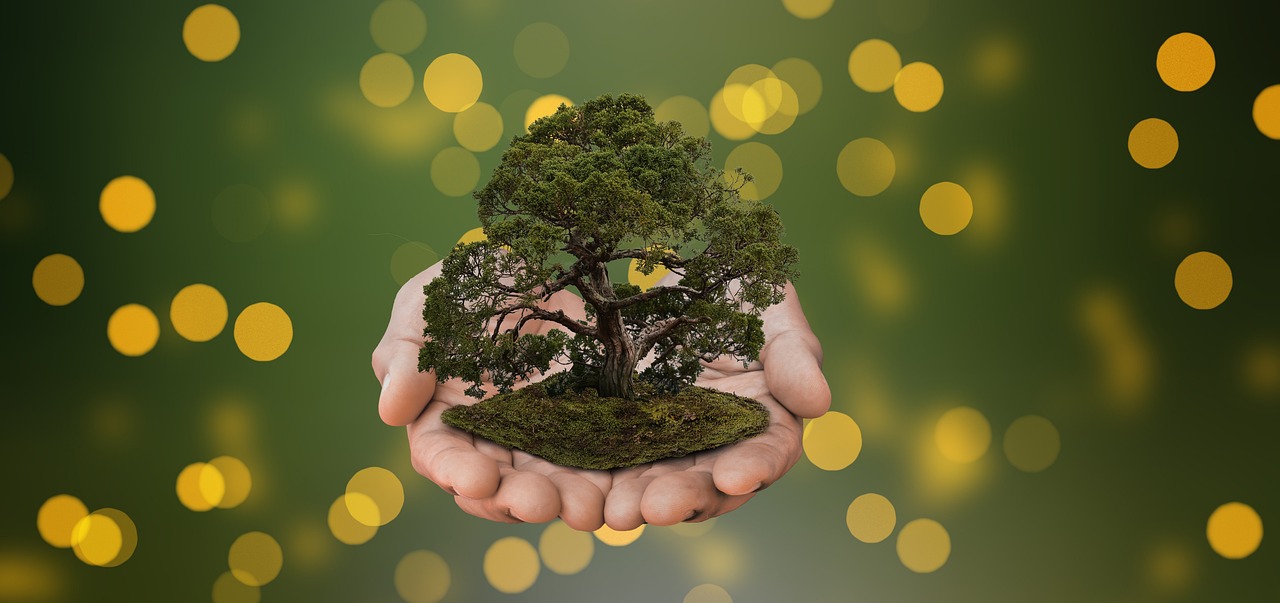
Traditional Styles
When it comes to bonsai tree carving, serve as the foundation upon which many enthusiasts build their skills. These styles are not just about aesthetics; they carry deep cultural significance and are steeped in history. Each traditional style has its own unique characteristics that not only reflect the natural beauty of the tree but also the philosophy of bonsai as an art form. Understanding these styles can greatly enhance your carving journey.
One of the most recognized traditional styles is the Formal Upright (Chokkan). This style features a straight trunk that rises vertically, often with a symmetrical canopy. It symbolizes strength and stability, making it a popular choice for beginners. Another classic is the Informal Upright (Moyogi), which showcases a trunk that bends and curves gracefully, resembling a tree that has grown naturally in the wild. This style emphasizes the beauty of imperfection and the art of adaptation in nature.
Then, we have the Slanting Style (Shakan), where the trunk leans to one side, suggesting the influence of wind or other environmental factors. This style adds a dynamic quality to the tree and can evoke feelings of movement and resilience. For those looking for something more dramatic, the Cascade Style (Kengai) is a breathtaking option. In this style, the tree appears to cascade downwards, often mimicking the look of trees growing on steep cliffs. It represents the struggle for survival in harsh conditions, making it a powerful symbol of endurance.
As you delve deeper into traditional styles, you'll notice that they often incorporate specific techniques and elements that enhance their visual appeal. For example, the use of jin (deadwood) and shari (exposed wood) can add character and age to your bonsai, making it look as if it has weathered the storms of time. The careful placement of branches, leaves, and even the pot can also contribute to the overall harmony of the piece.
To help you visualize these styles, here's a simple table summarizing some of the key characteristics:
| Traditional Style | Characteristics | Symbolism |
|---|---|---|
| Formal Upright (Chokkan) | Straight trunk, symmetrical canopy | Strength and stability |
| Informal Upright (Moyogi) | Bent trunk, natural curves | Beauty in imperfection |
| Slanting Style (Shakan) | Leaning trunk | Movement and resilience |
| Cascade Style (Kengai) | Cascading branches | Endurance in harsh conditions |
Embracing these traditional styles not only enhances your carving skills but also connects you to the rich history of bonsai. As you experiment with these techniques, you'll find that each tree tells its own story, reflecting both your artistic vision and the timeless beauty of nature. So, grab your tools and let the journey into the world of traditional bonsai carving begin!
Q: What is the best tree species for beginners in traditional bonsai carving?
A: Some of the best species for beginners include Ficus, Juniper, and Pine. These trees are resilient and forgiving, making them ideal for those just starting out.
Q: How long does it take to master bonsai carving techniques?
A: Mastery in bonsai carving varies for each individual. With consistent practice, you can see significant improvement within a year, but true mastery can take many years of dedication.
Q: Can I combine different traditional styles in one bonsai?
A: While it's possible to blend styles, it's essential to maintain a sense of harmony and balance. Mixing styles can lead to a chaotic appearance if not done thoughtfully.
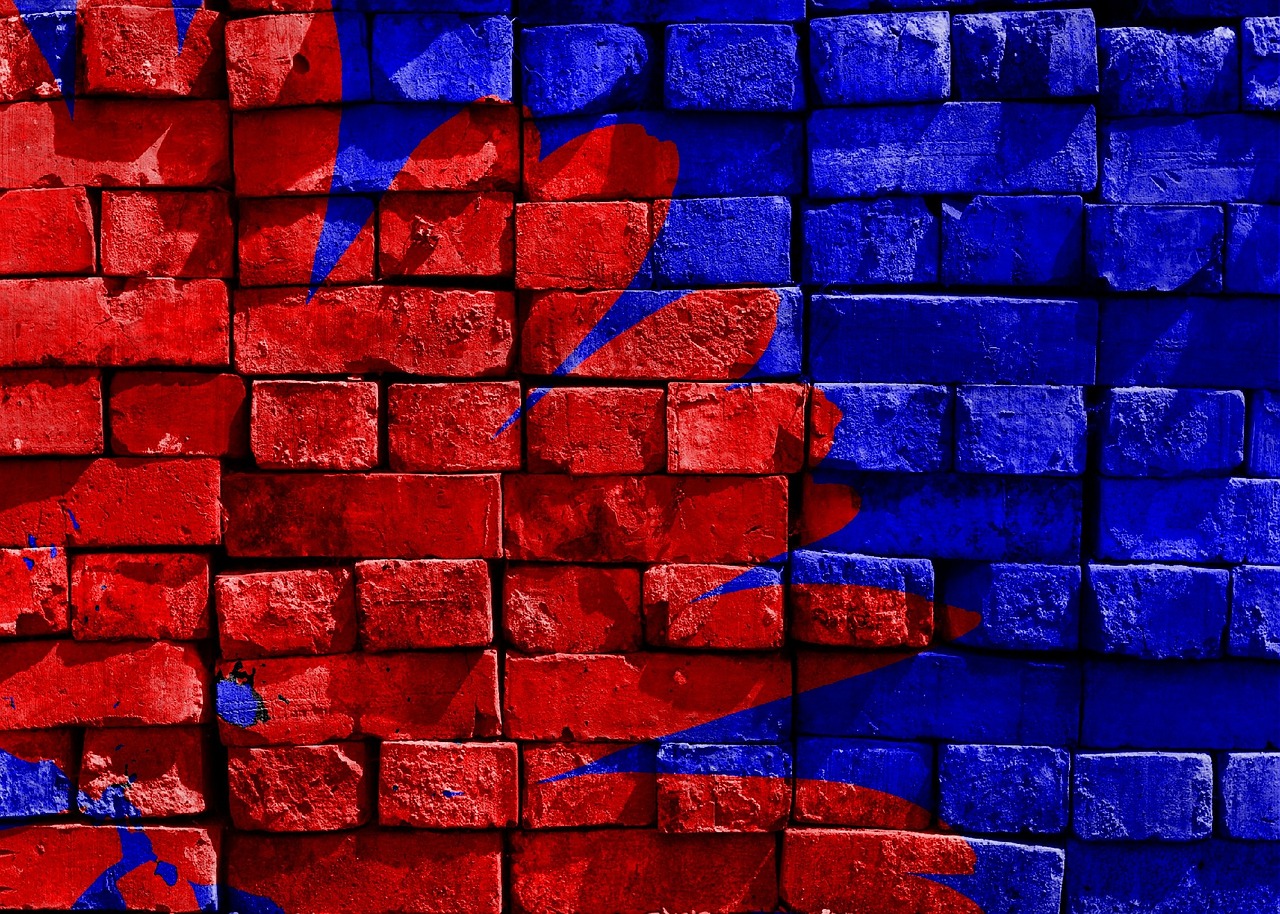
Modern Interpretations
In the ever-evolving world of bonsai, bring a fresh perspective that challenges traditional norms while embracing creativity. Today’s bonsai artists are not just following age-old techniques; they are experimenting with new forms, styles, and even materials to create stunning pieces that resonate with contemporary aesthetics. It’s like watching a classic painting being reimagined in a vibrant, modern style—there’s a sense of excitement and innovation.
One of the most striking aspects of modern bonsai carving is the influence of abstract art. Artists are moving away from the rigid structures of traditional bonsai, opting instead for designs that evoke emotion and provoke thought. For instance, some bonsai trees are shaped in ways that mimic the fluidity of water or the jagged edges of mountains, creating a dialogue between nature and artistic expression. This approach allows for a deeper connection with the viewer, inviting them to interpret the piece in their own unique way.
Moreover, modern interpretations often incorporate unconventional materials and techniques. Some artists are experimenting with resin to create striking contrasts with the natural wood of the bonsai. This not only enhances the visual appeal but also adds durability to the artwork. Others are integrating mixed media, such as metal or glass, to create a multi-dimensional experience. Imagine a bonsai tree that sparkles with embedded glass or shines with metallic accents—these elements breathe new life into the ancient art form.
In addition, the rise of social media platforms has fostered a community where bonsai artists can share their innovative works and techniques. This digital age has made it easier than ever to connect with like-minded individuals, exchange ideas, and gain inspiration. Artists are now showcasing their creations on platforms like Instagram and Pinterest, where the visual nature of these sites allows for an explosion of creativity. It’s a vibrant tapestry of styles, techniques, and interpretations that keep the art of bonsai alive and thriving.
Ultimately, modern interpretations of bonsai carving are about breaking free from conventions and exploring the boundaries of creativity. Whether it’s through innovative shapes, unexpected materials, or a fusion of art forms, today’s bonsai artists are redefining what it means to cultivate these miniature trees. So, if you’re an aspiring bonsai carver, don’t hesitate to let your imagination run wild. Embrace the unexpected and create something that speaks to you!
- What is modern bonsai carving? Modern bonsai carving refers to contemporary techniques and styles that deviate from traditional practices, incorporating innovative materials and artistic expressions.
- Can I use non-traditional materials in bonsai? Absolutely! Many modern bonsai artists use materials like resin, metal, and glass to enhance their designs.
- Where can I find inspiration for modern bonsai styles? Social media platforms like Instagram and Pinterest are excellent resources for discovering new ideas and connecting with other bonsai enthusiasts.
- Is it okay to break traditional bonsai rules? Yes, modern interpretations encourage breaking the rules to explore creativity. Just ensure that your designs resonate with your artistic vision.
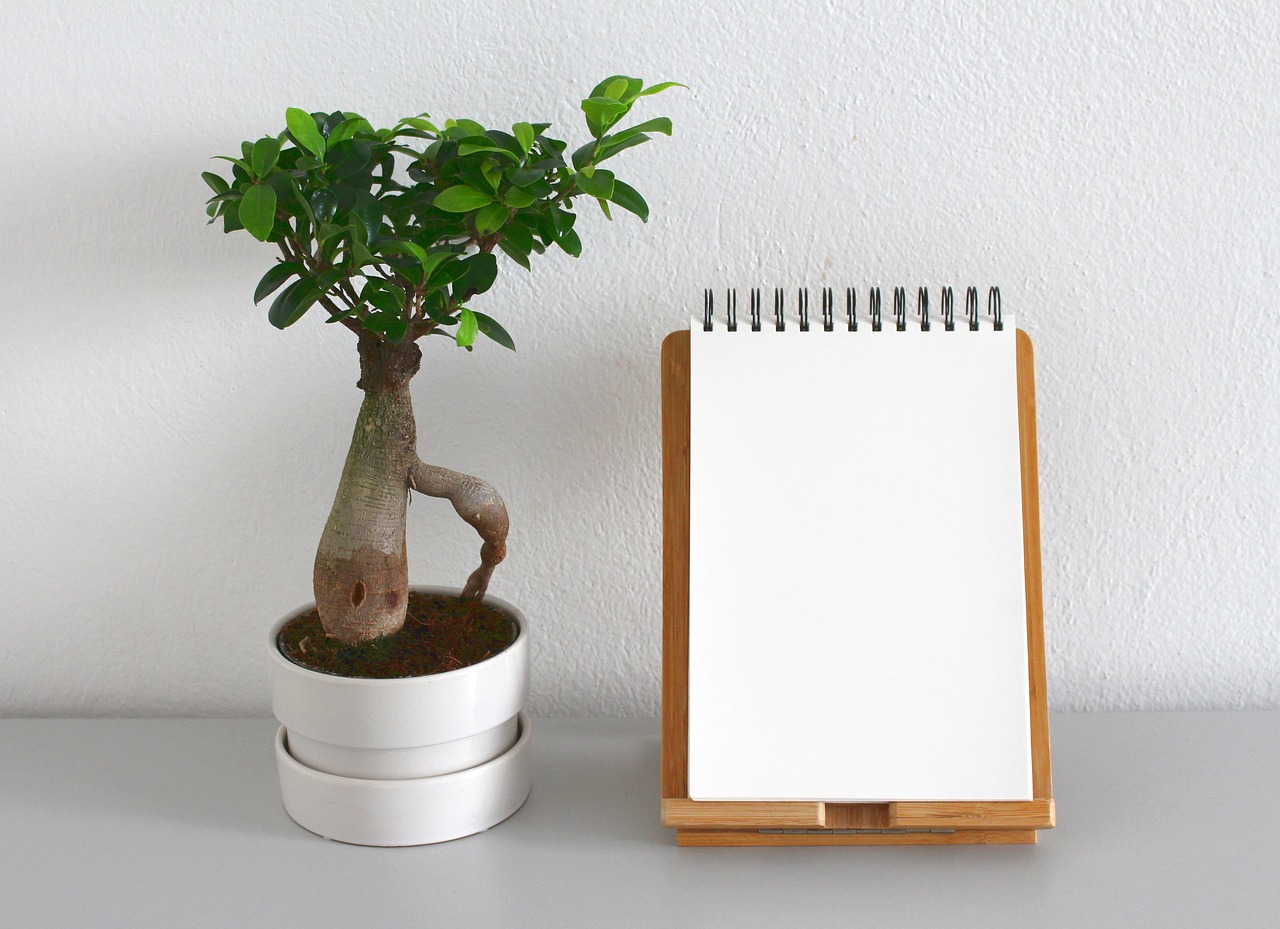
Maintaining Your Bonsai
Proper maintenance is crucial for the longevity and health of your bonsai tree. Just like a delicate piece of art, your bonsai requires consistent care and attention to thrive. Think of it as nurturing a friendship; the more time and effort you invest, the stronger and more beautiful it becomes. One of the primary aspects of bonsai care is understanding its watering and fertilizing needs. Bonsai trees, being miniature versions of their larger counterparts, have unique requirements that differ from regular houseplants.
Watering your bonsai is an art in itself. It’s essential to achieve a balance; too much water can lead to root rot, while too little can cause the tree to wilt. Generally, you should check the soil moisture daily. A good rule of thumb is to water when the top inch of soil feels dry. When you do water, do so thoroughly, allowing excess water to drain out of the pot. This ensures that the roots receive the hydration they need. Additionally, consider the season; during hotter months, your bonsai may require more frequent watering compared to the cooler seasons.
Fertilizing is another key component of bonsai maintenance. Since bonsai trees grow in limited soil, they can quickly deplete essential nutrients. A balanced fertilizer, rich in nitrogen, phosphorus, and potassium, can help replenish these nutrients. Typically, you should fertilize your bonsai during the growing season, which is usually spring and summer. However, be cautious not to over-fertilize, as this can lead to excessive growth that may compromise the aesthetic appeal of your carefully crafted design.
Pruning techniques also play a vital role in maintaining your bonsai. Regular pruning helps to not only maintain the shape of your tree but also promotes healthy growth. By removing unnecessary branches and leaves, you allow the tree to focus its energy on the remaining parts, leading to a more robust and aesthetically pleasing bonsai. It's advisable to prune your bonsai during its growing season, as this is when it can heal most effectively. Remember, pruning is not just about cutting; it’s about understanding the structure and growth patterns of your tree.
Additionally, monitoring the overall health of your bonsai is essential. Look for signs of pests or diseases, which can sneak up on you if you’re not vigilant. Common issues include aphids, spider mites, and fungal infections. If you notice any unusual discoloration or wilting, take action immediately. Treating your bonsai with appropriate organic pesticides or fungicides can help keep it healthy. Regularly inspecting your tree can help you catch problems early, ensuring that your bonsai remains vibrant and beautiful.
In conclusion, maintaining your bonsai is a rewarding endeavor that requires patience, knowledge, and a bit of love. By paying attention to its watering, fertilizing, pruning, and overall health, you can cultivate a stunning miniature tree that brings joy and tranquility into your life. So, roll up your sleeves, dig in, and embrace the journey of bonsai care!
- How often should I water my bonsai? Water your bonsai when the top inch of soil feels dry. This could be daily or every few days, depending on the season.
- What type of fertilizer should I use? A balanced fertilizer with equal parts nitrogen, phosphorus, and potassium is ideal during the growing season.
- When is the best time to prune my bonsai? The best time to prune is during the growing season, typically in spring and summer.
- How can I tell if my bonsai is healthy? Look for vibrant leaves, healthy growth patterns, and check for signs of pests or diseases.
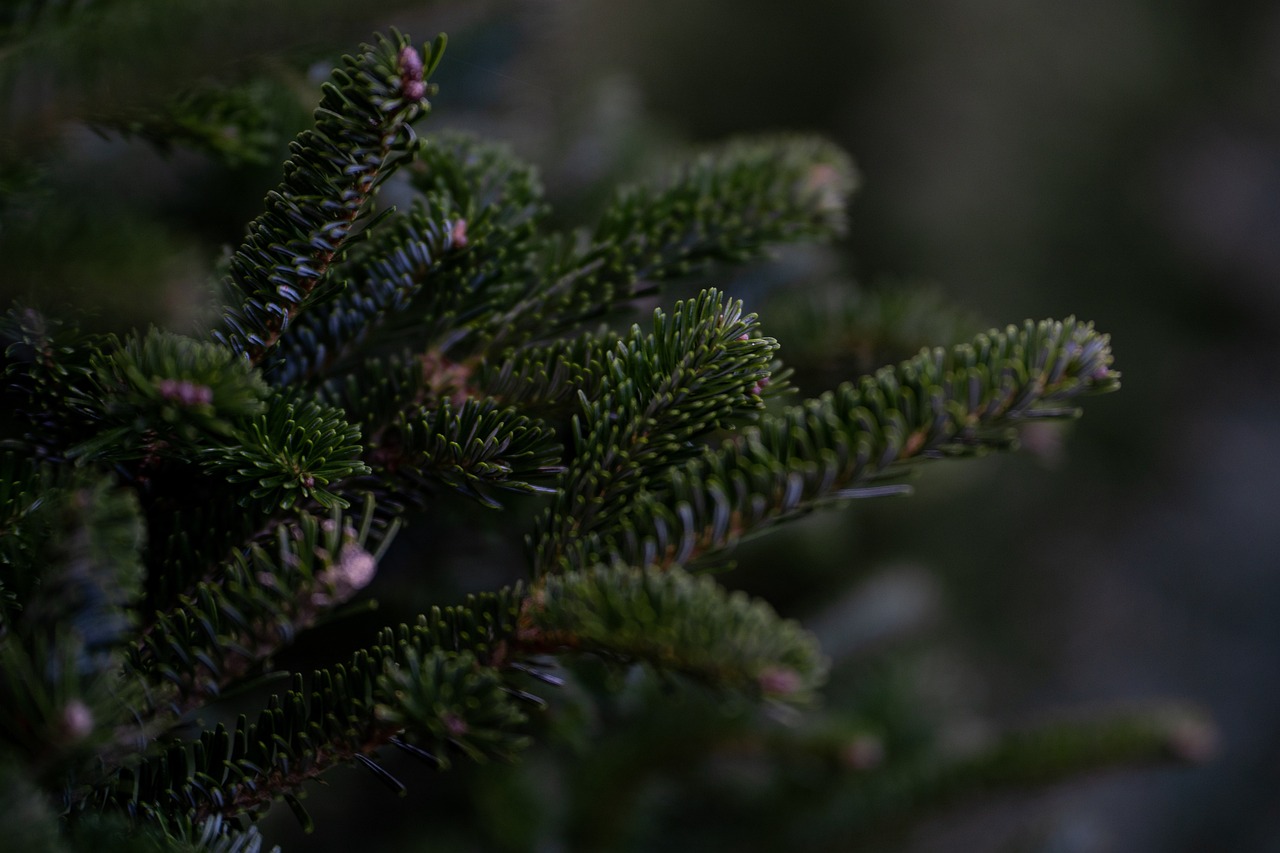
Watering and Fertilizing
When it comes to the art of bonsai tree carving, one of the most crucial aspects to consider is the of your miniature masterpiece. Just like you wouldn’t neglect a canvas while painting, your bonsai deserves the same level of attention. Proper hydration and nutrition are essential for the health and longevity of your tree, especially after you’ve made intricate carvings that can stress the plant. So, how do you ensure your bonsai thrives?
First, let’s talk about watering. The key to successful bonsai care lies in understanding the specific needs of your tree species. Different bonsai varieties have varying water requirements, so it’s essential to research your particular type. Generally, you should aim to keep the soil slightly moist, but not soggy. Over-watering can lead to root rot, while under-watering may cause your tree to wilt and suffer. A good rule of thumb is to check the soil moisture by sticking your finger about an inch into the soil. If it feels dry, it’s time to water!
When watering, it’s best to use a fine watering can or a hose with a spray nozzle to ensure a gentle flow. This method allows water to soak into the soil evenly, reaching the roots without washing away any soil. Aim to water until you see it draining from the bottom of the pot, which indicates that the roots are getting the moisture they need.
Now, let’s not forget about fertilizing. Just like we need food to grow strong and healthy, your bonsai tree requires nutrients to flourish, particularly after carving. Fertilization helps replenish the nutrients that may have been depleted during the carving process. Using a balanced fertilizer, such as a 10-10-10 or a specialized bonsai fertilizer, can work wonders. But when should you fertilize? Generally, during the growing season, from spring to early fall, is the best time to give your bonsai a nutrient boost.
Here’s a simple schedule to follow for fertilizing your bonsai:
| Season | Fertilizing Frequency |
|---|---|
| Spring | Every 4-6 weeks |
| Summer | Every 4 weeks |
| Fall | Every 6-8 weeks |
| Winter | No fertilization |
By following this schedule, you can ensure your bonsai receives the right amount of nutrients throughout its growth cycle. Additionally, always remember to dilute your fertilizer to half the recommended strength, as bonsai trees are sensitive to strong concentrations.
In conclusion, are fundamental practices that can significantly impact the health of your bonsai tree, especially after carving. By paying close attention to these aspects, you can create a thriving environment for your miniature tree, allowing it to grow beautifully and maintain its intricate shapes for years to come.
- How often should I water my bonsai tree? - It depends on the species and environmental conditions, but generally, water when the top inch of soil feels dry.
- Can I use regular plant fertilizer on my bonsai? - It’s best to use a fertilizer specifically designed for bonsai to ensure proper nutrient balance.
- Is it necessary to fertilize in winter? - No, most bonsai trees enter a dormant phase in winter and do not require fertilization.
- What signs indicate my bonsai is overwatered? - Yellowing leaves, mushy roots, and a foul smell from the soil are all signs of overwatering.
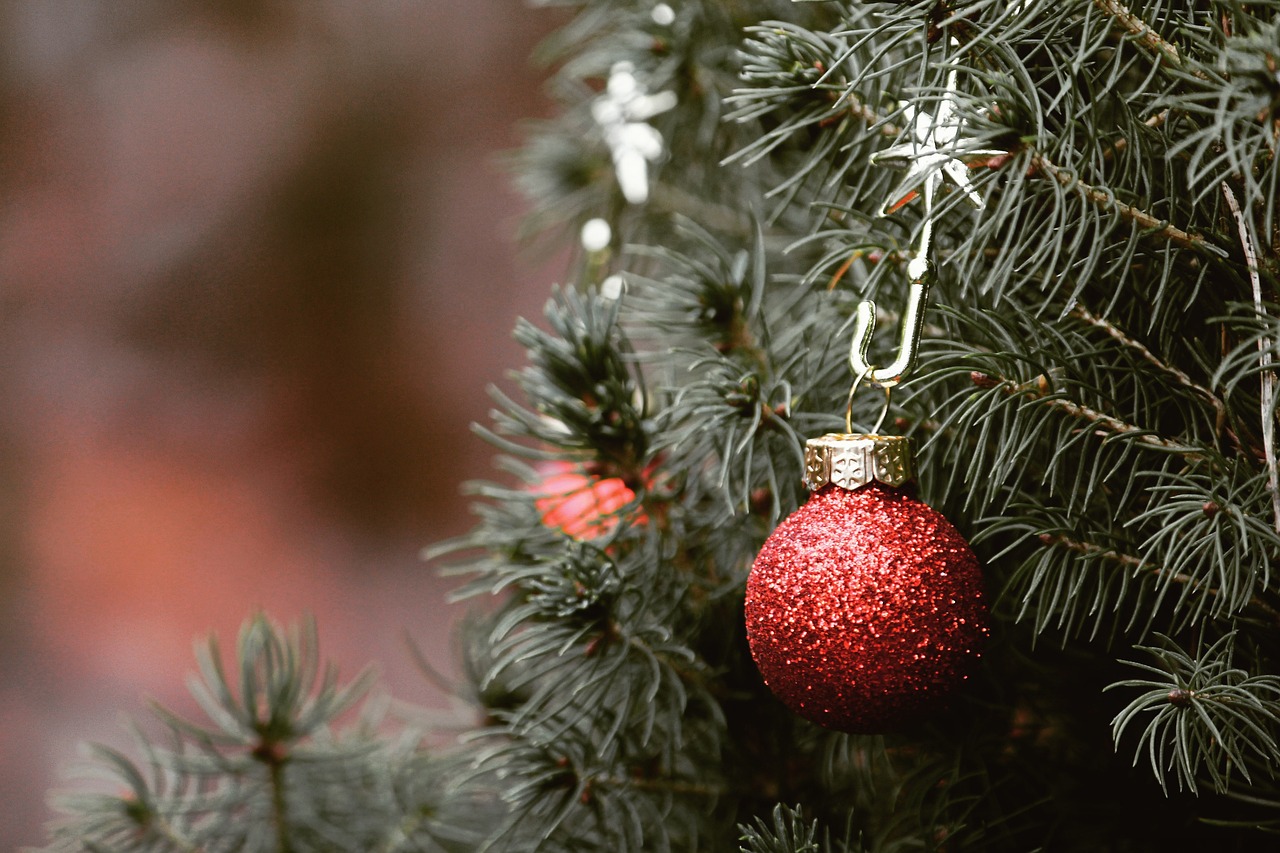
Pruning Techniques
Pruning is an essential technique in bonsai care that not only helps maintain the shape of your miniature tree but also promotes its overall health. Just like a sculptor chisels away excess stone to reveal a masterpiece, you must carefully trim your bonsai to enhance its natural beauty. The goal of pruning is to encourage new growth, remove dead or unhealthy branches, and ensure that your bonsai maintains a balanced and aesthetically pleasing form.
When it comes to pruning, timing is everything. The best time to prune your bonsai tree is during its active growing season, typically in spring or early summer. This is when the tree is most resilient and can recover quickly from the cuts. However, it’s crucial to pay attention to the specific species of your bonsai, as some trees may have unique timing needs. For instance, deciduous trees may respond well to pruning in late winter, just before they start to bud.
There are two primary types of pruning techniques you should familiarize yourself with: maintenance pruning and structural pruning. Maintenance pruning focuses on removing small branches, leaves, and twigs to keep the tree healthy and in shape. On the other hand, structural pruning involves making larger cuts to alter the shape and structure of the tree, which is particularly important for shaping young bonsai. Understanding the difference between these techniques will help you make informed decisions about how to approach your pruning sessions.
As you prune, keep in mind the following key techniques:
- Thinning: This involves selectively removing branches to reduce density, allowing light and air to reach the inner parts of the tree.
- Pinching: A gentle method where you pinch off new shoots with your fingers, promoting bushier growth without the need for cutting tools.
- Cutting: Using sharp pruning shears or scissors to make clean cuts on branches, ensuring that you don't crush or damage the surrounding tissue.
When making cuts, always aim for a 45-degree angle to promote healing and prevent water from pooling on the cut surface, which can lead to rot. Additionally, it's essential to use clean, sharp tools to avoid introducing disease into your bonsai. After pruning, consider applying a sealant to larger cuts to protect the tree from pests and diseases.
Finally, remember that less is often more in bonsai pruning. Over-pruning can lead to stress and an unnatural appearance. As a rule of thumb, aim to remove no more than 30% of the foliage in a single session. This way, your bonsai can maintain its vigor while still allowing you to shape it according to your vision.
Q1: How often should I prune my bonsai tree?
A1: The frequency of pruning depends on the species and growth rate of your bonsai. Generally, maintenance pruning can be done every few weeks during the growing season, while structural pruning is done less frequently, typically once or twice a year.
Q2: Can I prune my bonsai in winter?
A2: It’s best to avoid heavy pruning in winter, as many trees are dormant during this time. Light maintenance pruning can be done, but structural changes should be reserved for the active growing season.
Q3: What tools do I need for pruning?
A3: Essential tools for bonsai pruning include sharp pruning shears, scissors for delicate branches, and possibly a concave cutter for larger cuts. Always ensure your tools are clean to prevent disease.
Q4: What should I do with the cuttings?
A4: You can compost the cuttings or use them for propagation if they are healthy. However, be cautious with diseased branches; they should be disposed of properly to prevent spreading any issues.
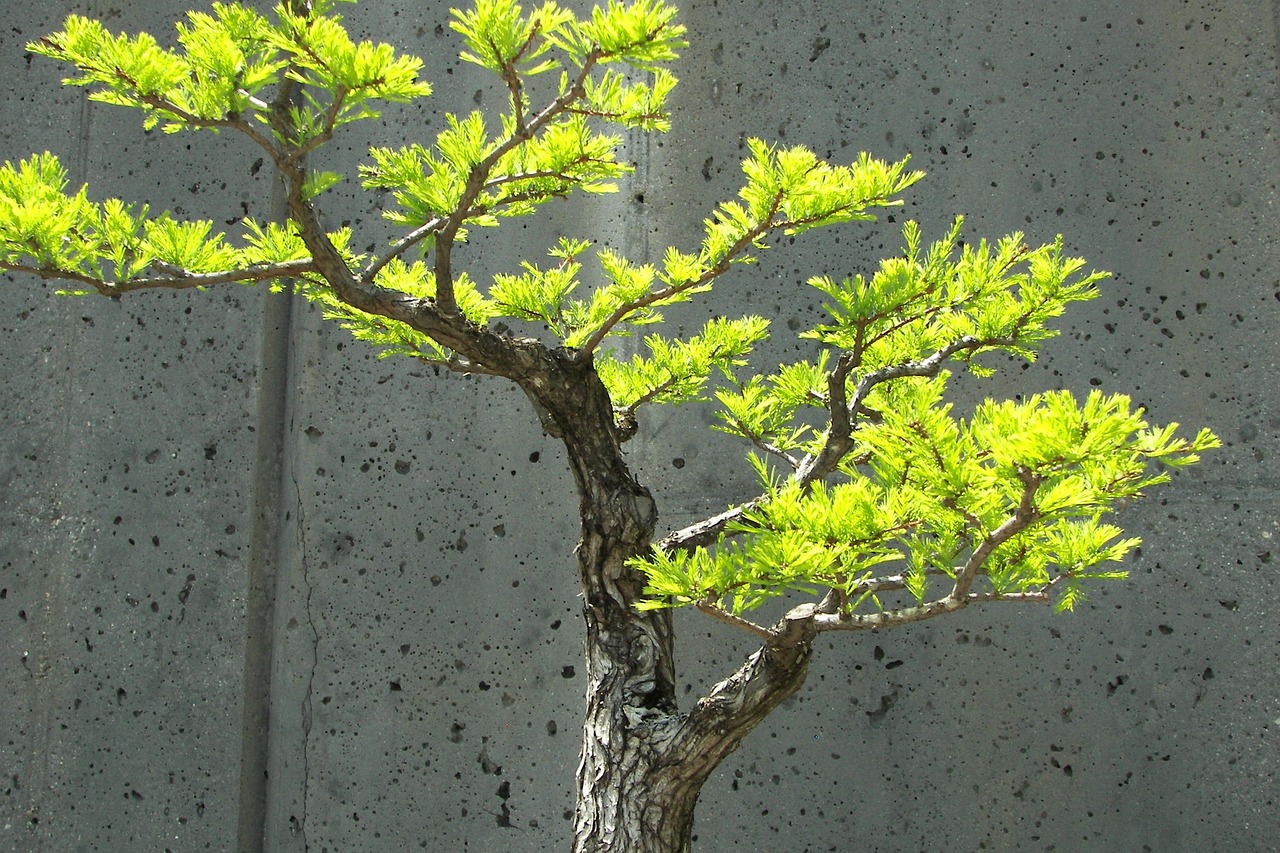
Common Mistakes to Avoid
When it comes to bonsai tree carving, even seasoned enthusiasts can stumble into pitfalls that can derail their creative vision. One of the most significant mistakes is over-carving. It's easy to get carried away with your tools, thinking that more detail or depth will enhance the tree's beauty. However, over-carving can lead to an unnatural appearance, damaging the tree's structure and making it look more like a caricature than a work of art. To avoid this, always take a step back and assess your work from a distance. This perspective can help you gauge whether your carving is enhancing the tree or detracting from its natural beauty.
Another common blunder is ignoring tree health during the carving process. It’s crucial to remember that your bonsai is a living organism that requires care and attention. Prioritize the health of your tree by regularly checking for signs of stress or disease. If you notice any issues, address them before proceeding with your carving. Neglecting the health of your bonsai can lead to irreversible damage, and your artistic efforts may end up being in vain. Always keep a close eye on the following aspects:
- Leaf Color: Yellowing leaves can indicate stress.
- Soil Moisture: Ensure the soil is neither too dry nor overly saturated.
- Branch Flexibility: Stiff branches may signal health issues.
Additionally, many carvers underestimate the importance of planning. Jumping into carving without a clear plan can lead to haphazard results that lack cohesion. Before you even pick up your tools, sketch out your ideas. Consider the style you want to achieve and how each cut will contribute to the overall aesthetic. This preparatory step can save you time and frustration, allowing you to focus on executing your vision rather than correcting mistakes.
Lastly, don't overlook the value of patience. Bonsai carving is not a race; it's an art form that requires time and dedication. Rushing through the process can lead to sloppy work and missed opportunities for creativity. Take your time to enjoy each step, and remember that great art often emerges from thoughtful consideration and careful execution. By avoiding these common mistakes, you can enhance your bonsai carving experience and create stunning pieces that reflect your artistic journey.
Q1: How often should I check the health of my bonsai tree?
A: It's best to check the health of your bonsai tree regularly, ideally every week. Look for signs of stress, such as yellowing leaves or wilting branches.
Q2: Can I carve my bonsai tree at any time of the year?
A: While you can technically carve at any time, it's advisable to do so during the growing season when the tree is healthy and can recover more easily from the stress of carving.
Q3: What should I do if I notice signs of over-carving?
A: If you suspect over-carving, try to balance the appearance by adding foliage or adjusting the shape of surrounding branches to create a more natural look.
Q4: Is it necessary to have a plan before starting to carve?
A: Yes! Planning your design helps ensure that your carving is cohesive and aligns with your artistic vision, reducing the likelihood of mistakes.
Q5: How can I improve my carving skills?
A: Practice is key! Additionally, consider joining bonsai communities or taking workshops to learn from experienced carvers and get feedback on your work.
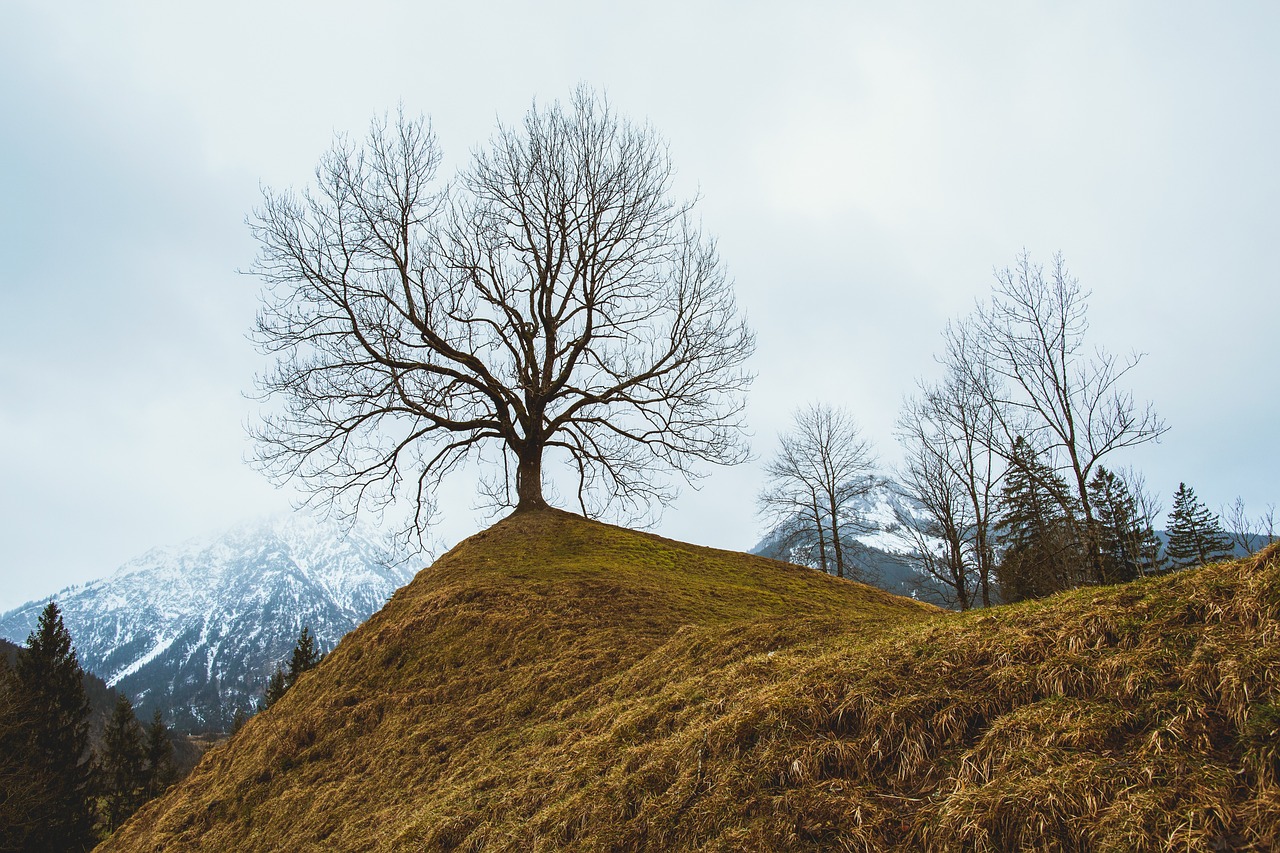
Over-Carving
Over-carving is a common mistake that many bonsai enthusiasts encounter, regardless of their skill level. It occurs when too much material is removed from the tree, leading to an unnatural appearance and potential damage to the tree itself. This can be particularly detrimental to the health of your bonsai, as excessive cuts can hinder its ability to heal properly. Imagine trying to sculpt a masterpiece from a block of wood but removing so much that the essence of the piece is lost; that’s what over-carving can do to your bonsai.
To avoid the pitfalls of over-carving, it's essential to develop a keen eye for balance and proportion. When you’re shaping your bonsai, always take a step back and assess your work from different angles. This practice not only helps you maintain a harmonious look but also allows you to appreciate the natural beauty of the tree. Remember, bonsai is about enhancing the tree's natural form rather than completely altering it. Here are some signs to watch for that may indicate you’re heading down the path of over-carving:
- Exposed Wood: If you notice large areas of exposed wood where the bark has been removed, it may be a sign of over-carving.
- Unnatural Shapes: If your bonsai starts to resemble a twisted, unnatural figure rather than a tree, you might have carved too aggressively.
- Slow Healing: If your bonsai is taking an unusually long time to heal from cuts, it’s a red flag that you may have overdone it.
To maintain a balanced approach, consider adopting a "less is more" philosophy. Start with small cuts and gradually refine your design. It’s much easier to remove additional material than it is to restore what has been taken away. Additionally, take breaks during your carving sessions to give yourself time to reflect on the work done. This pause can help you avoid impulsive decisions that lead to over-carving.
Ultimately, bonsai carving should be a joyful and rewarding experience. By being mindful of your cutting techniques and the health of your tree, you can create stunning pieces that will thrive for years to come. Remember, the goal is to create a living work of art that reflects both your skill and the natural beauty of the bonsai.
Q: What is the best way to know if I am over-carving my bonsai?
A: Pay attention to the signs such as exposed wood, unnatural shapes, and slow healing. If you notice any of these, it's a good idea to reassess your carving approach.
Q: How can I prevent over-carving?
A: Adopt a "less is more" philosophy by making smaller cuts and periodically stepping back to evaluate your work. This will help you maintain balance and proportion in your bonsai.
Q: Is over-carving reversible?
A: Unfortunately, over-carving can lead to permanent damage. However, giving your bonsai proper care and time to heal can help it recover and thrive.
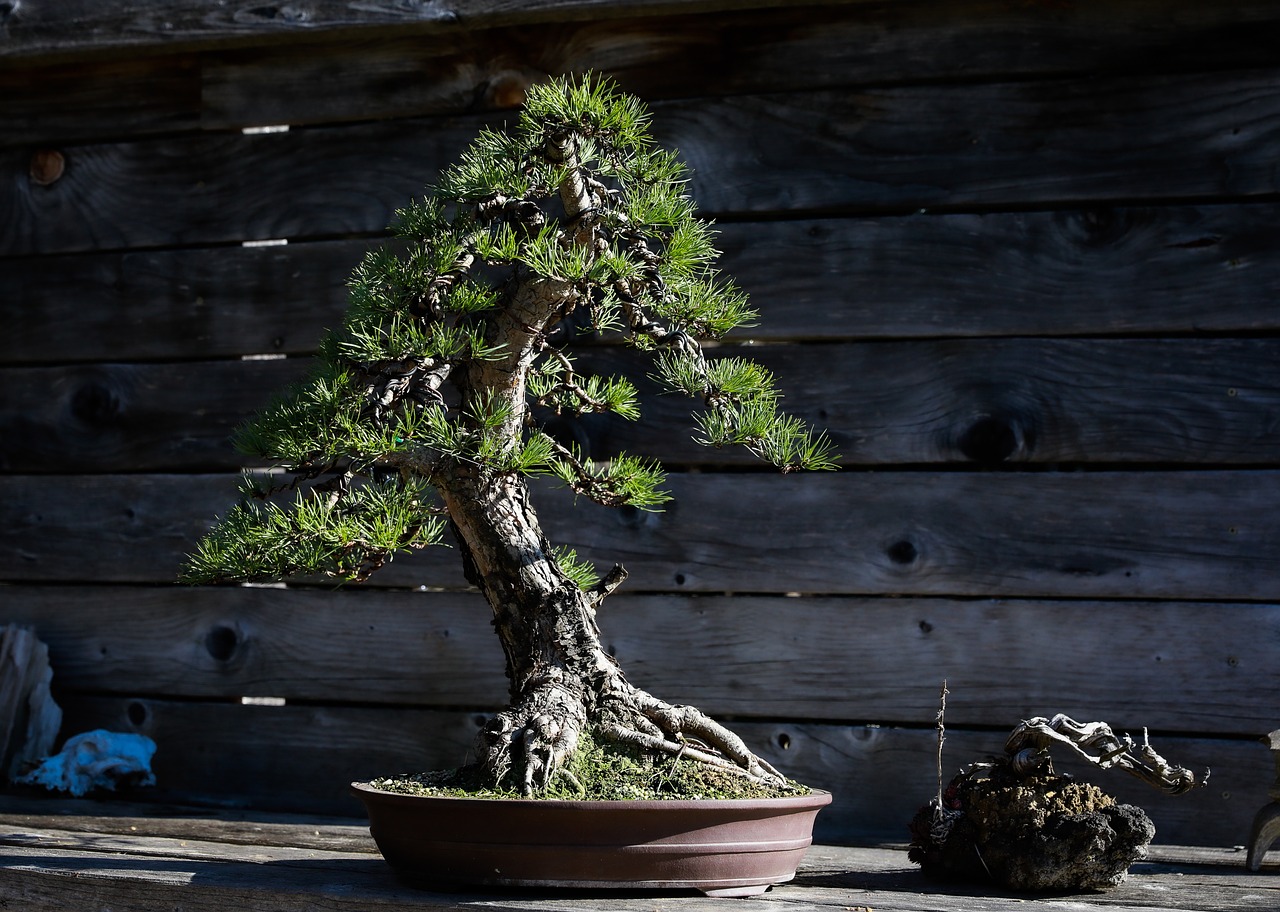
Ignoring Tree Health
When it comes to bonsai tree carving, one of the most critical aspects that many enthusiasts overlook is the health of the tree itself. Just like a sculptor wouldn’t work with a crumbling block of marble, a bonsai artist must ensure that their canvas—the tree—is in prime condition before embarking on any carving project. Ignoring tree health can lead to disastrous results, not only for the aesthetics of the bonsai but also for its overall survival.
One of the first signs that your bonsai may be suffering is a change in leaf color. If you notice your leaves turning yellow or brown, it could indicate issues ranging from overwatering to nutrient deficiencies. It’s essential to regularly inspect your bonsai for any signs of distress. Here are some key health indicators to watch out for:
- Leaf Color: Healthy leaves should be vibrant and green. Yellowing or browning can signal problems.
- Leaf Drop: If your bonsai is shedding leaves, it could be a sign of stress or environmental changes.
- Wilting: Drooping leaves or branches can indicate a lack of water or root issues.
- Pests and Diseases: Check for any signs of pests or fungal infections, which can quickly spread if not addressed.
Before you pick up your carving tools, take the time to assess the tree's health. If your bonsai shows signs of distress, it’s wise to address these issues first. This could involve adjusting your watering schedule, repotting the tree to refresh its soil, or even applying fertilizers to replenish essential nutrients. Remember, a healthy tree not only looks better but also responds better to carving techniques, allowing you to create beautiful and intricate designs without compromising its well-being.
Additionally, maintaining a regular care routine is crucial. This includes not just watering and fertilizing but also monitoring the tree's environment. Factors like light exposure, humidity, and temperature play significant roles in the overall health of your bonsai. Ensuring that your tree is in an optimal environment can prevent many health issues before they arise.
In conclusion, never underestimate the importance of your bonsai's health in the carving process. By being vigilant and proactive, you can ensure that your bonsai remains a thriving work of art, allowing you to explore the full potential of your carving skills without fear of damaging your beloved tree.
- What are the signs of a healthy bonsai tree? A healthy bonsai tree typically has vibrant green leaves, a sturdy trunk, and no visible pests or diseases.
- How often should I water my bonsai? Watering frequency depends on the species and environmental conditions, but it's essential to check the soil moisture regularly.
- Can I carve my bonsai at any time? It's best to carve your bonsai during its active growing season when it can recover more quickly.
- What should I do if my bonsai shows signs of disease? Address the issue immediately by identifying the problem and applying appropriate treatments, such as pesticides or fungicides.
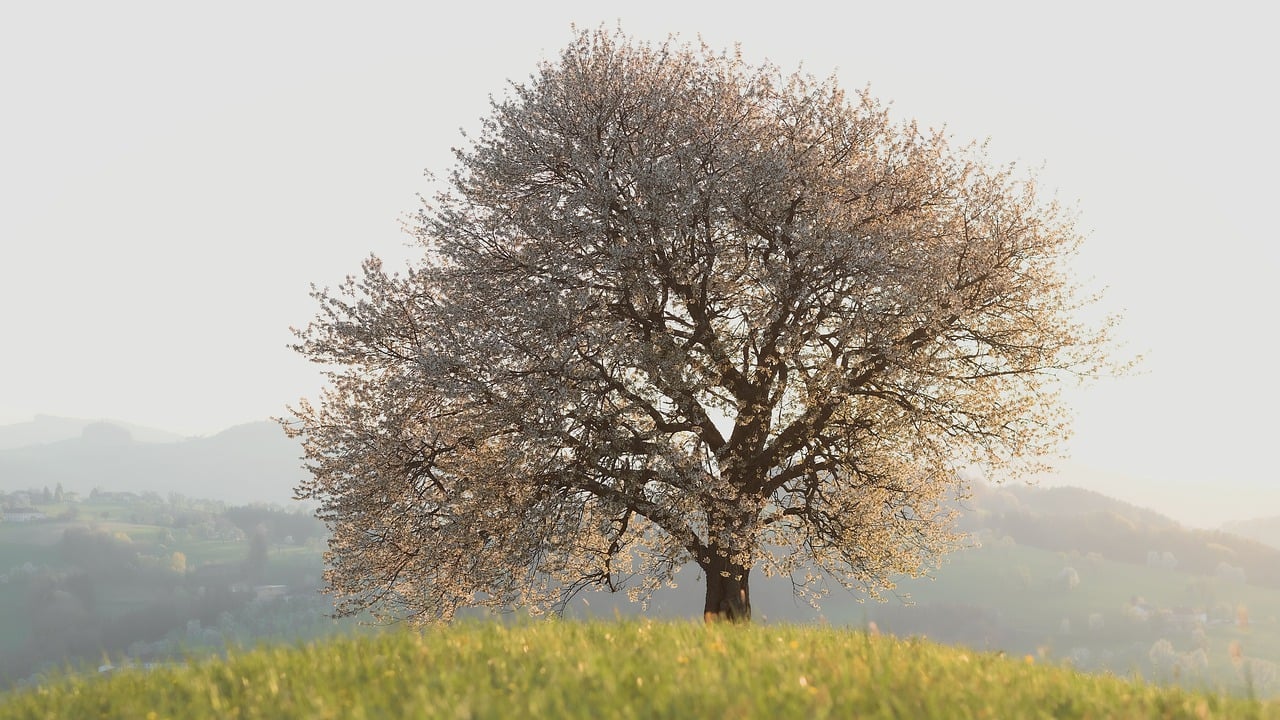
Resources for Further Learning
To truly master the intricate art of bonsai tree carving, it's essential to continuously expand your knowledge and skills. Thankfully, a wealth of resources is available to help you on this artistic journey. Whether you're a novice looking to understand the basics or an experienced carver seeking advanced techniques, you can find valuable information in various formats. Books, online courses, and community forums are just a few avenues where you can deepen your understanding and refine your craft.
When it comes to books, several titles stand out as must-reads for anyone serious about bonsai carving. These books not only cover the technical aspects of carving but also delve into the philosophy and history behind the art. For example, "The Complete Book of Bonsai" offers comprehensive insights into various styles and techniques, while "Bonsai: A Beginner's Guide" provides a solid foundation for those just starting. Many of these resources include step-by-step instructions that can guide you through your first carving projects, making them invaluable companions on your journey.
Online courses have also gained popularity, providing structured learning experiences that you can access from the comfort of your home. Platforms like Udemy and Coursera offer courses tailored to different skill levels, often featuring video tutorials, assignments, and community interaction. This allows you to learn at your own pace while receiving feedback from instructors and peers. Additionally, many bonsai artists have their own YouTube channels, where they share tips, techniques, and live demonstrations that can inspire and educate.
Don't underestimate the power of community when it comes to honing your bonsai carving skills. Joining online forums and social media groups can connect you with fellow enthusiasts who share your passion. Websites like Bonsai Nut and Bonsai Empire host vibrant communities where members exchange ideas, share their projects, and offer constructive criticism. Engaging with others can provide you with fresh perspectives and new techniques, making your bonsai journey even more rewarding.
To summarize, here are some key resources to consider as you continue your bonsai carving adventure:
- Books: Look for titles that cover both techniques and philosophy.
- Online Courses: Platforms like Udemy and Coursera offer structured learning.
- Community Forums: Engage with fellow enthusiasts on platforms like Bonsai Nut and Bonsai Empire.
By utilizing these resources, you'll not only enhance your carving skills but also immerse yourself in the rich culture and community surrounding bonsai. Remember, the journey of learning is as beautiful as the art itself, so embrace every opportunity to grow and connect. Now, to further support your learning, we’ve compiled a Frequently Asked Questions section to address common queries related to bonsai tree carving.
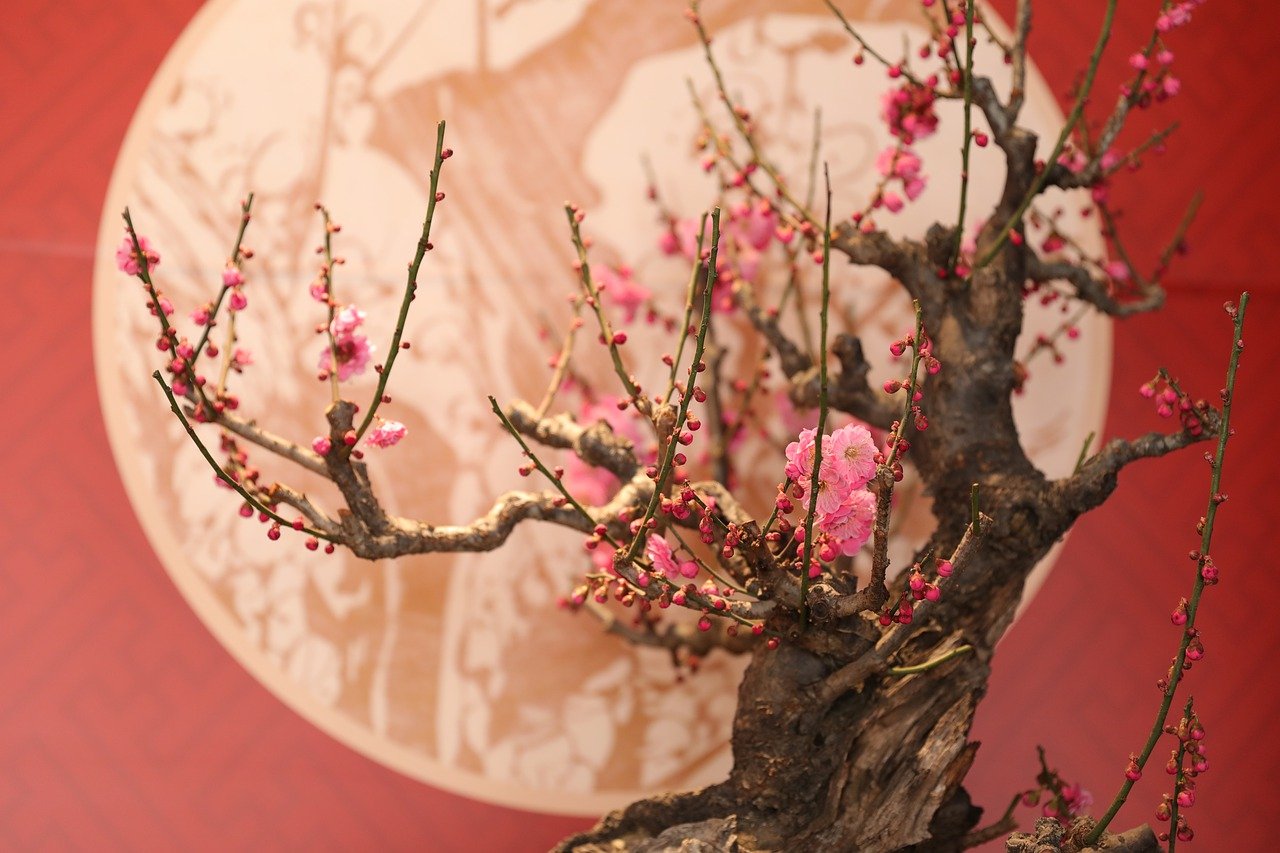
Books and Guides
When it comes to mastering the art of bonsai tree carving, having the right resources at your fingertips can make all the difference. There are numerous books and guides available that not only provide detailed techniques but also offer a wealth of inspiration. These resources can help both beginners and seasoned carvers refine their skills and discover new styles.
For those starting out, consider picking up foundational texts that cover the basics of bonsai care and carving techniques. Some highly recommended titles include:
- The Complete Book of Bonsai by Harry Tomlinson - This comprehensive guide covers everything from the history of bonsai to practical tips for carving and shaping.
- Bonsai Techniques I & II by John Yoshio Naka - These volumes delve deep into the methods and philosophies behind bonsai, making them essential reads for serious enthusiasts.
- Japanese Bonsai: The Art of Growing and Shaping Miniature Trees by Yuji Yoshimura - This book provides insights into traditional Japanese techniques and styles, perfect for those looking to explore cultural aspects of bonsai.
Additionally, many books offer step-by-step guides that break down complex techniques into manageable tasks. These guides often include illustrations and photographs that help visualize the processes, making it easier for you to follow along. Whether you’re interested in shaping, texturing, or understanding the philosophy behind bonsai, these texts can serve as your personal mentors.
Furthermore, consider exploring online resources such as blogs, video tutorials, and community forums. Websites like Bonsai Empire and Bonsai Nut provide a plethora of articles and videos that can enhance your learning experience. Engaging in online communities can also allow you to ask questions, share your progress, and receive feedback from fellow bonsai enthusiasts.
In summary, investing time in reading quality books and engaging with online resources can significantly elevate your bonsai carving skills. Whether you prefer flipping through the pages of a well-written book or watching a tutorial online, the key is to keep learning and experimenting. Embrace the journey of discovery as you carve your way to creating stunning miniature trees.
Q: What is the best book for beginners in bonsai carving?
A: "The Complete Book of Bonsai" by Harry Tomlinson is highly recommended for beginners as it covers fundamental techniques and care.
Q: How can online communities help me improve my bonsai skills?
A: Online communities offer a platform to connect with other enthusiasts, share experiences, ask questions, and receive constructive feedback on your work.
Q: Are there specific tools recommended in these books?
A: Yes, many bonsai books provide insights into essential tools for carving, including knives, saws, and finishing tools, along with tips on how to use them effectively.
Q: Can I learn bonsai carving techniques through videos?
A: Absolutely! Many online platforms offer video tutorials that visually demonstrate carving techniques, making it easier to understand and replicate.
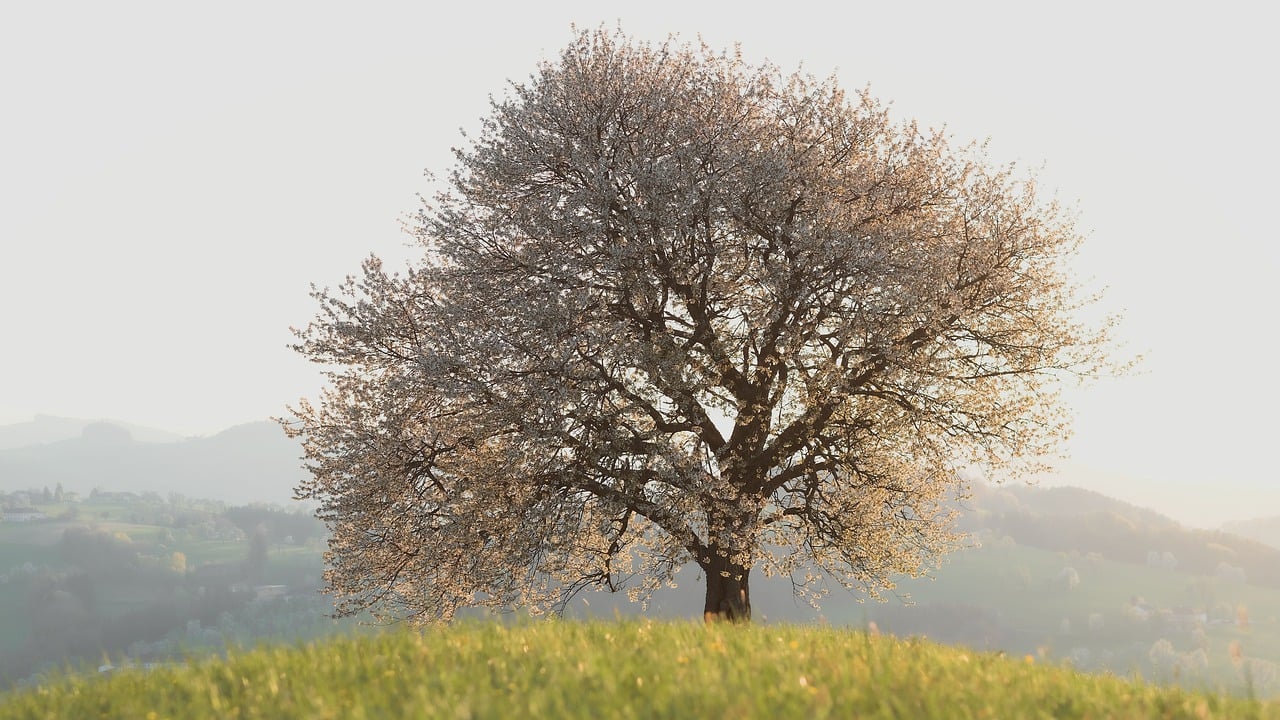
Online Communities
In today's digital age, have become a vital resource for bonsai enthusiasts looking to enhance their skills in tree carving. These platforms offer a space to connect with like-minded individuals, share experiences, and gain insights from seasoned carvers. Whether you're a novice or an experienced artist, joining an online community can provide you with invaluable support and feedback.
One of the most significant advantages of participating in these communities is the opportunity to learn from others. Many forums and social media groups are filled with individuals eager to share their knowledge, techniques, and even their mistakes. This can be particularly beneficial when you're trying out a new carving technique or style. You can post your progress, ask for advice, and receive constructive criticism that can help you refine your skills. Moreover, seeing others’ work can inspire new ideas and approaches to your own projects.
Many online platforms cater specifically to bonsai enthusiasts. Here are a few popular ones:
- Facebook Groups: There are numerous groups dedicated to bonsai carving where members frequently post photos of their work, share tips, and organize virtual meet-ups.
- Reddit: Subreddits like r/Bonsai offer a wealth of information, from beginner tips to advanced techniques, and allow for discussions on various topics related to bonsai.
- Dedicated Forums: Websites like BonsaiNut and Bonsai Empire have forums where you can engage in detailed discussions, ask questions, and share your experiences with other enthusiasts.
Engaging in these online communities not only enhances your carving skills but also helps you build friendships with fellow bonsai lovers from around the globe. You can participate in challenges, collaborate on projects, and even attend virtual workshops that allow you to learn from experts in the field. It’s a fantastic way to stay motivated and inspired throughout your bonsai journey.
In summary, immersing yourself in online communities dedicated to bonsai carving can significantly enrich your experience. By sharing your journey with others, you not only learn and grow as a carver but also contribute to a vibrant and supportive environment that celebrates this beautiful art form.
Q: How do I find the right online community for bonsai carving?
A: Start by searching for bonsai-related groups on social media platforms like Facebook or explore subreddits on Reddit. Look for active communities where members regularly engage and share their work.
Q: Can I get feedback on my carving work online?
A: Absolutely! Most online communities encourage members to share their work and seek feedback. Just remember to be open to constructive criticism, as it can help you improve.
Q: Are there any online courses available for bonsai carving?
A: Yes, many platforms offer online courses specifically focused on bonsai techniques, including carving. Websites like Udemy and Skillshare host a variety of classes that cater to different skill levels.
Q: How can I stay motivated in my bonsai carving journey?
A: Engaging with online communities can help keep your motivation high. Participating in challenges, sharing your progress, and seeing others’ work can inspire you to keep creating.
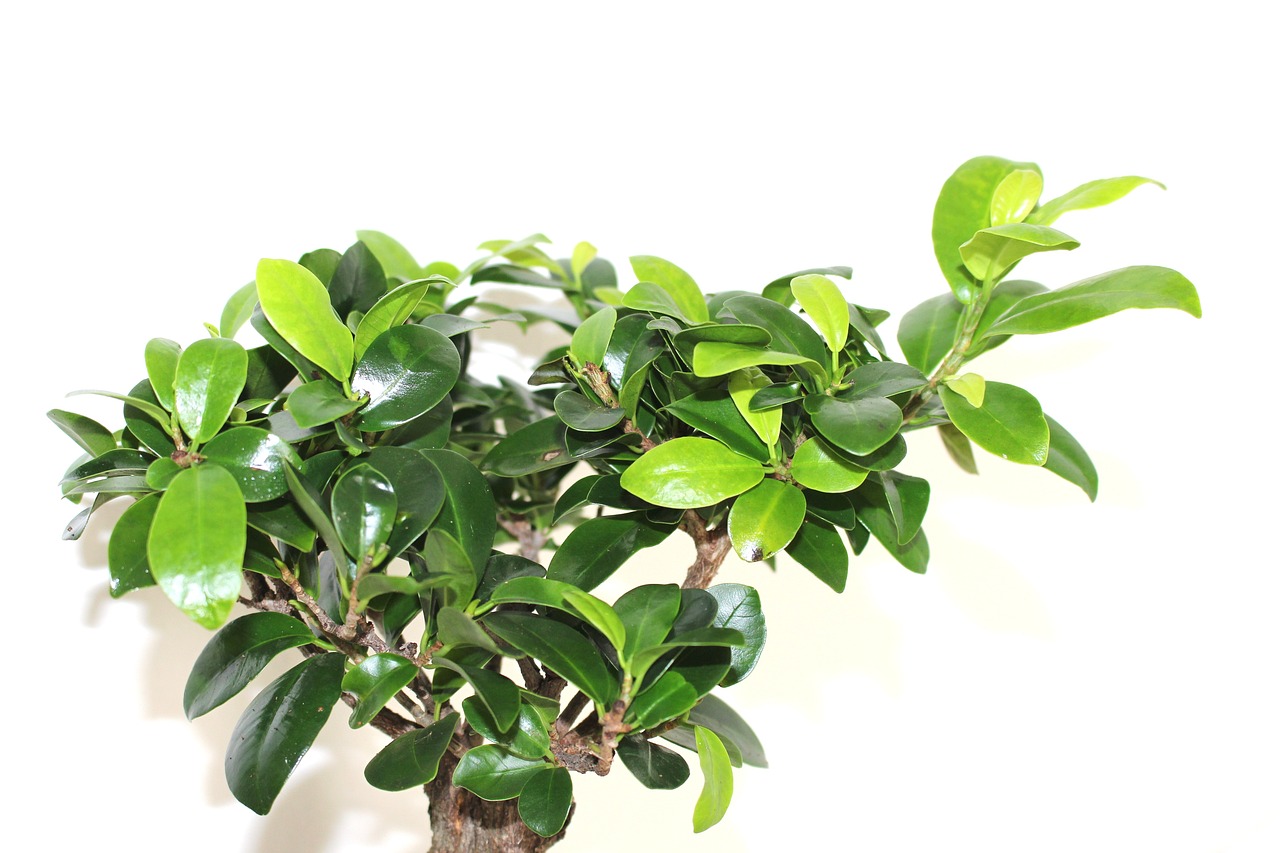
Conclusion: Embrace the Art of Bonsai Carving
Bonsai tree carving is not just a hobby; it's a passion that connects you with nature in a profound way. As you delve into the intricate world of bonsai, you'll discover that each cut and carve tells a story. This art form allows you to express your creativity while nurturing a living organism. It’s a journey that requires patience, practice, and a bit of love. When you embrace bonsai carving, you’re not just shaping wood; you’re crafting a piece of art that reflects your personality and vision.
As you continue to explore the various techniques and styles of bonsai carving, remember that every artist has their unique approach. Don’t be afraid to experiment and find what resonates with you. Whether you prefer traditional styles that echo centuries of history or modern interpretations that push boundaries, there's no right or wrong way to create your masterpiece. The key is to enjoy the process and allow your creativity to flourish.
Moreover, engaging with the bonsai community can significantly enhance your experience. Sharing your work, receiving feedback, and learning from others can open up new perspectives and inspire your next project. So, grab your tools, start carving, and let your imagination take flight. Bonsai carving is a beautiful blend of art and nature, and the journey is just as rewarding as the final product.
- What is the best type of wood for bonsai carving? Different types of wood can be used, but softer woods like pine or juniper are often preferred due to their workability.
- How long does it take to see results in bonsai carving? The timeline varies based on the complexity of your design and the growth rate of the tree, but patience is key.
- Can I use any tools for bonsai carving? While you can use various tools, it's best to invest in specialized bonsai carving tools for optimal results.
- Is bonsai carving suitable for beginners? Absolutely! With the right guidance and practice, anyone can start bonsai carving.
Frequently Asked Questions
- What is bonsai tree carving?
Bonsai tree carving is the art of shaping and styling miniature trees through various techniques, tools, and methods. It combines horticulture and artistry, allowing enthusiasts to create stunning representations of nature in a compact form.
- Do I need special tools for bonsai carving?
Yes, having the right tools is crucial for successful bonsai carving. Essential tools include cutting tools like knives and saws, as well as finishing tools to refine your work. Each tool serves a specific purpose, making them important for achieving the desired results.
- What are some common carving techniques?
Common carving techniques include shaping and texturing. Shaping involves bending and positioning branches to create natural forms, while texturing adds depth and realism, mimicking the appearance of age and weathering. Mastering these techniques can greatly enhance your bonsai's aesthetic appeal.
- Are there different styles of bonsai carving?
Absolutely! Bonsai carving features various styles, including traditional styles with rich cultural significance and modern interpretations that allow for creativity and innovation. Exploring these styles can inspire your carving projects and help you develop your unique approach.
- How do I maintain my carved bonsai tree?
Proper maintenance is key to keeping your bonsai healthy. This includes understanding its watering and fertilizing needs, as well as employing effective pruning techniques to maintain its shape and health. Regular care will ensure your carved bonsai thrives for years to come.
- What are common mistakes to avoid in bonsai carving?
Common mistakes include over-carving, which can damage the tree and lead to an unnatural appearance, and ignoring the health of your bonsai. It's crucial to monitor your tree's health throughout the carving process to ensure successful outcomes.
- Where can I find resources for further learning?
There are numerous resources available for those looking to deepen their understanding of bonsai tree carving. Recommended books, online courses, and communities can provide valuable insights, techniques, and support as you continue your bonsai journey.








